Modular Phonetic Rhythm represents a significant advance in the teaching and application of rhythm. Eliminating many inefficient aspects of rhythm education, Modular Phonetic Rhythm streamlines the traditional educational approach, resulting in a reflexive reaction to rhythm.
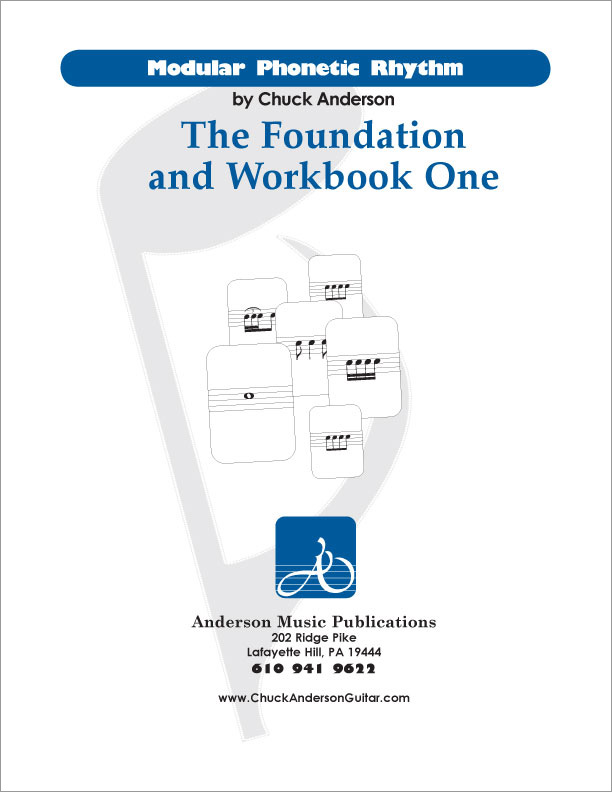
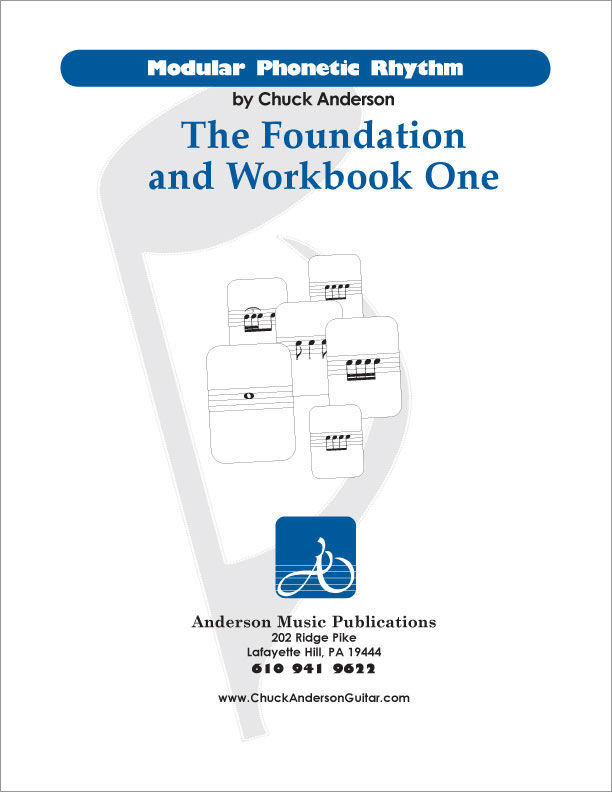
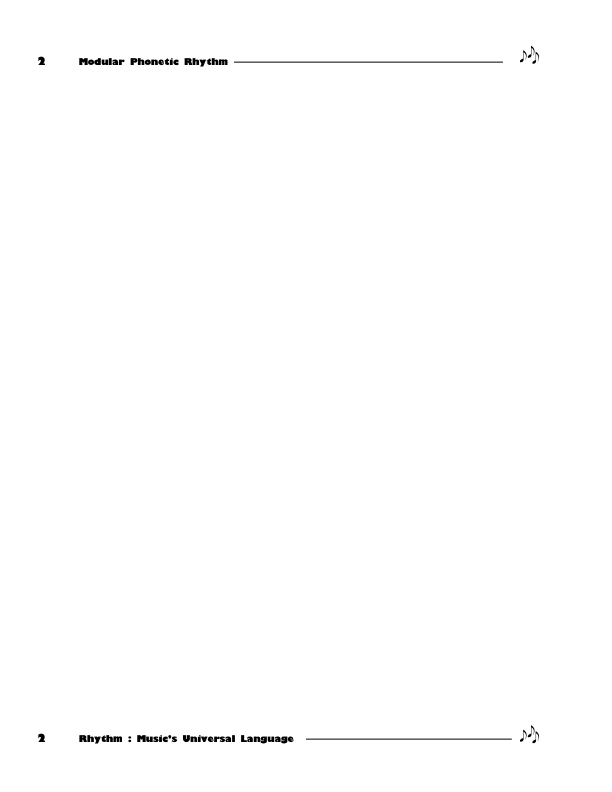
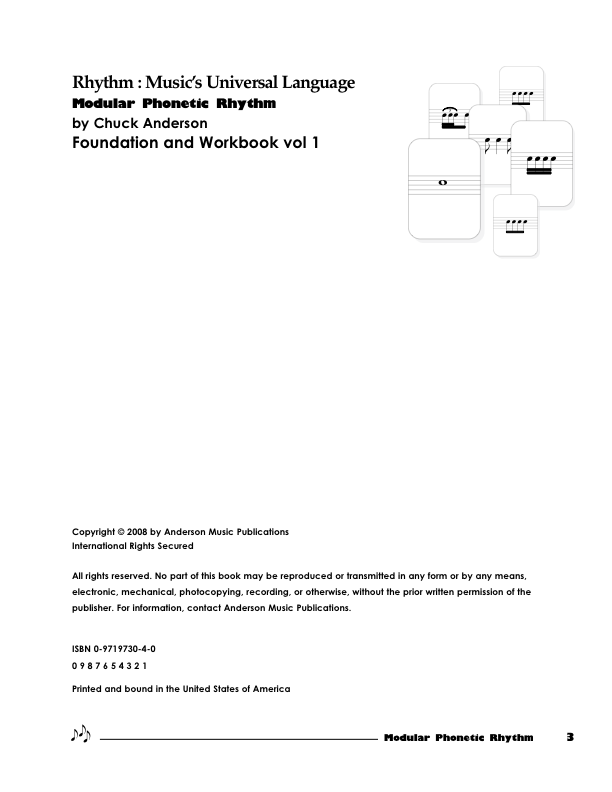

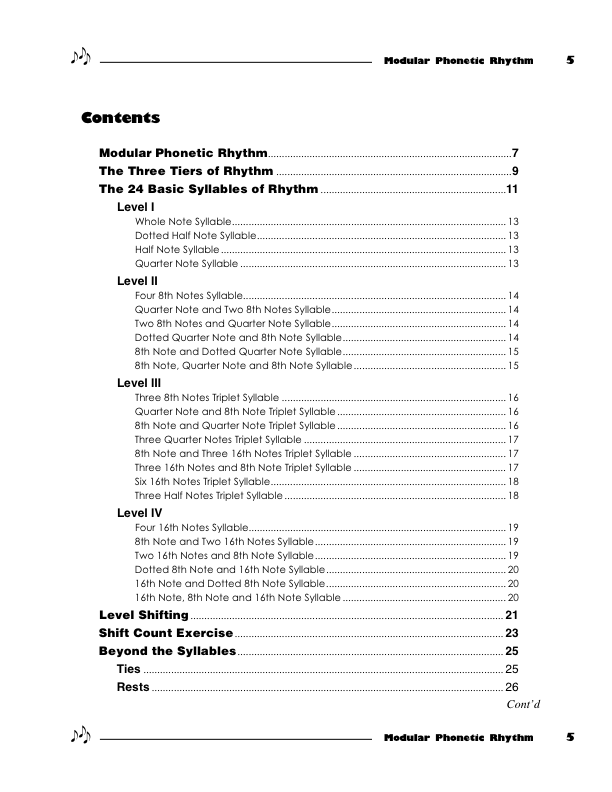
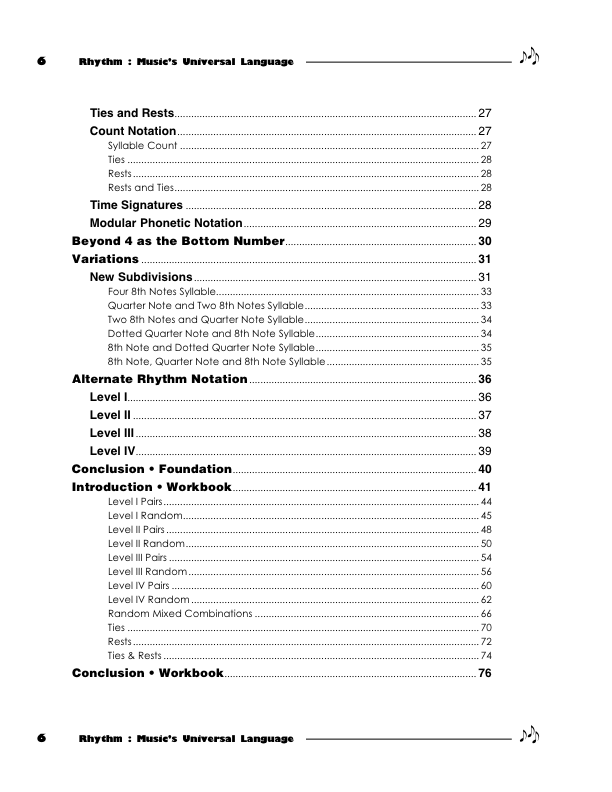

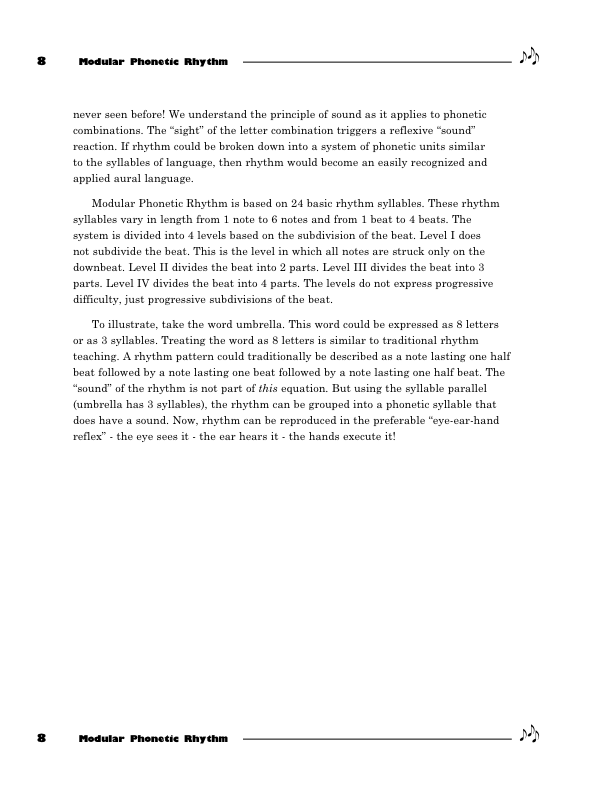
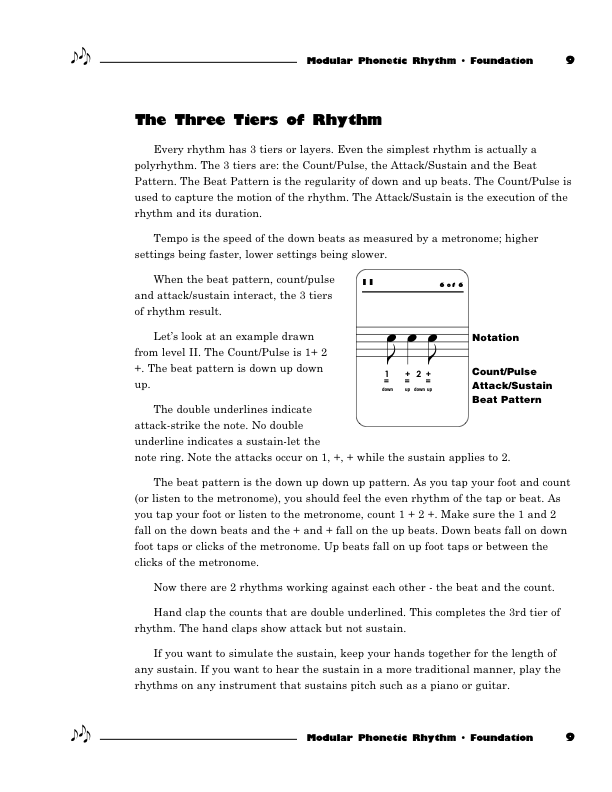


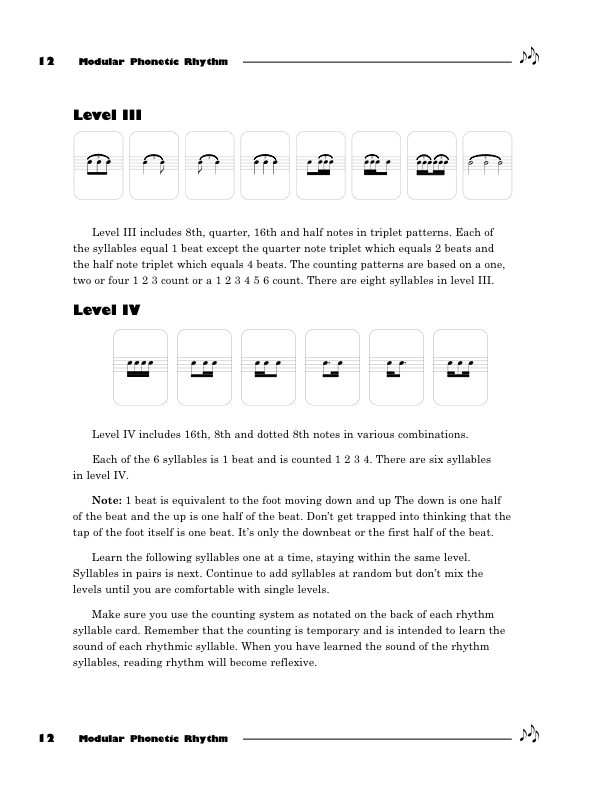
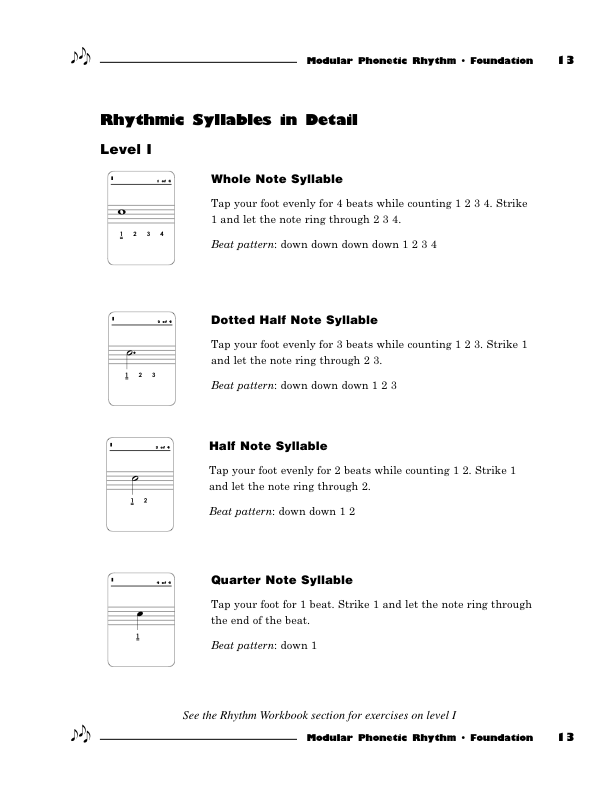
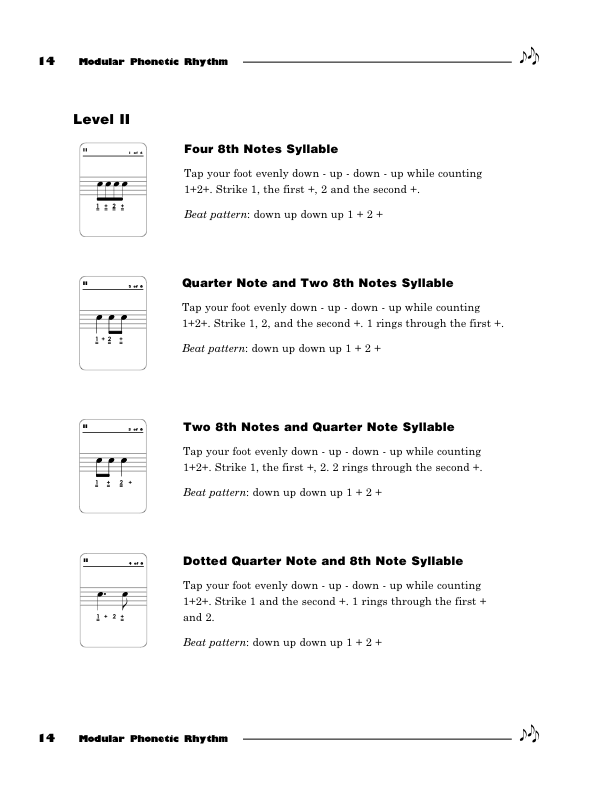
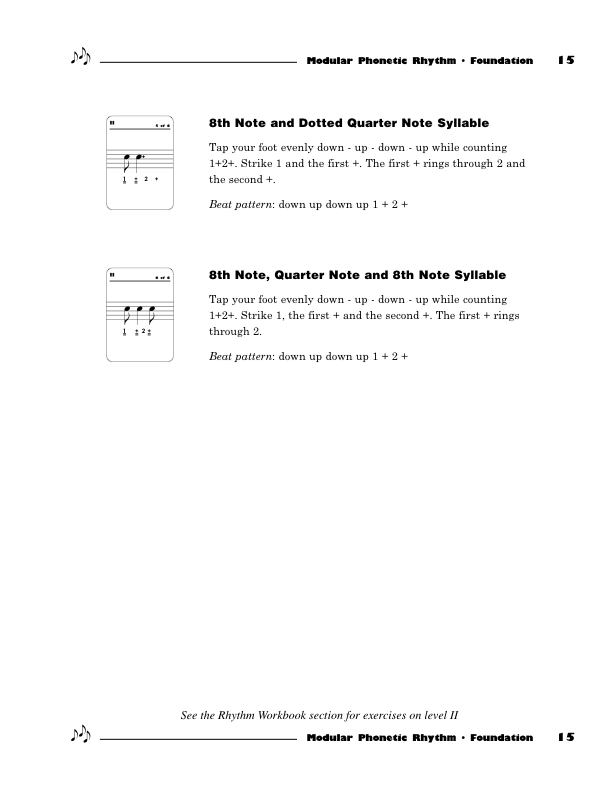
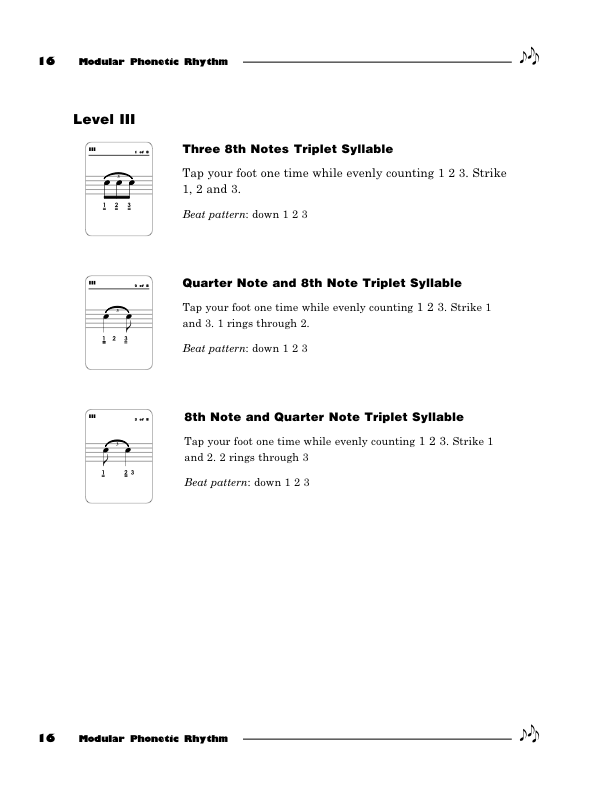
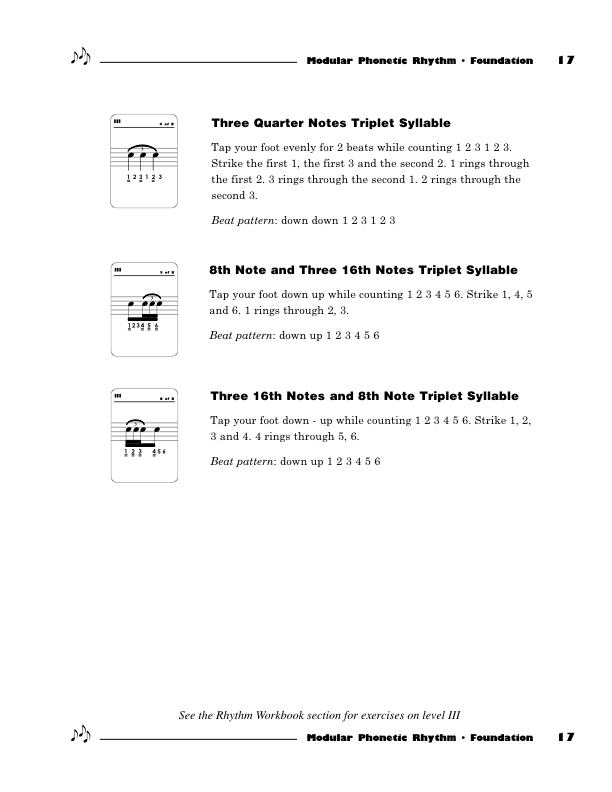
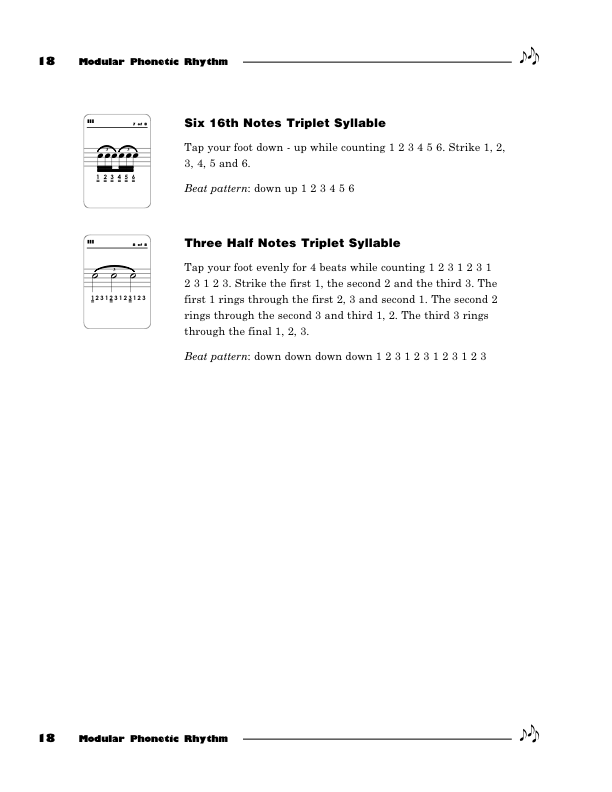
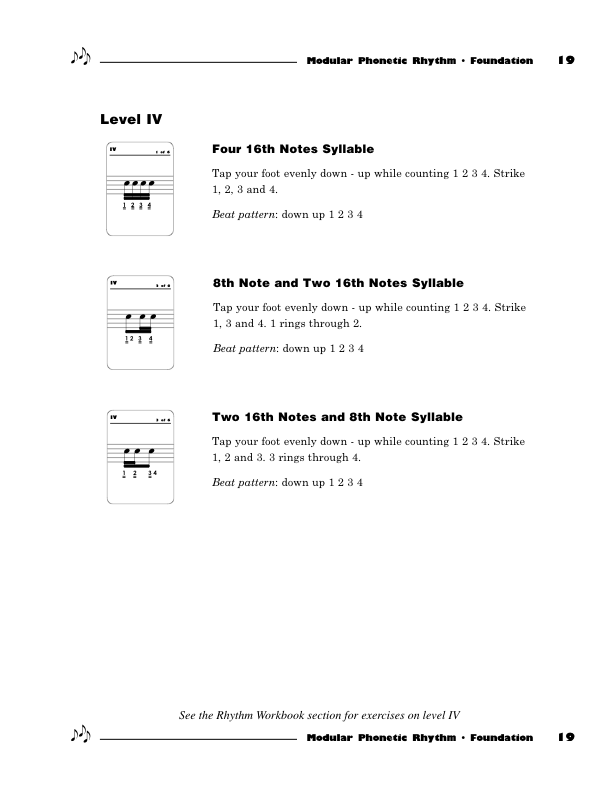

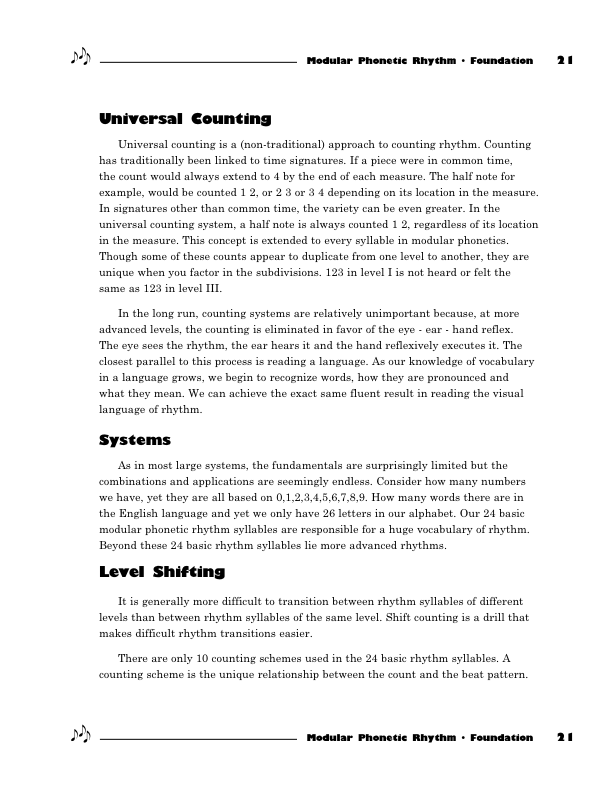
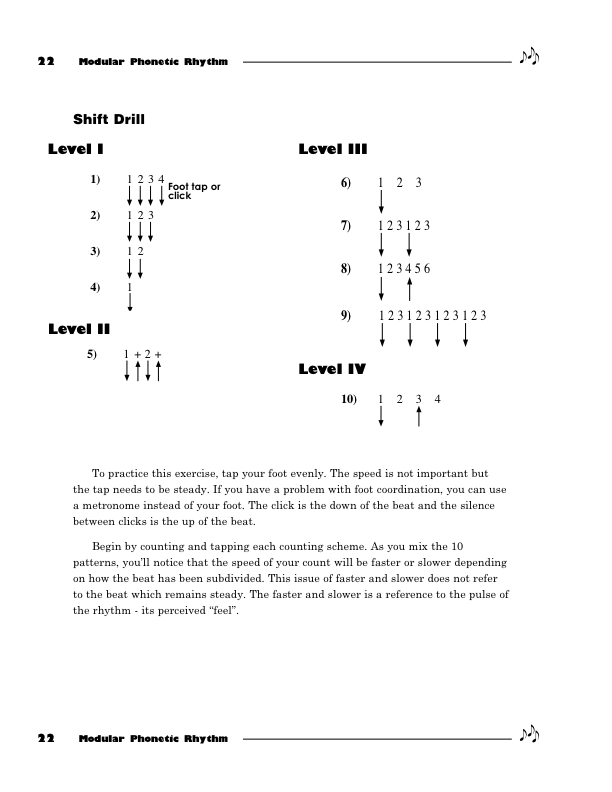
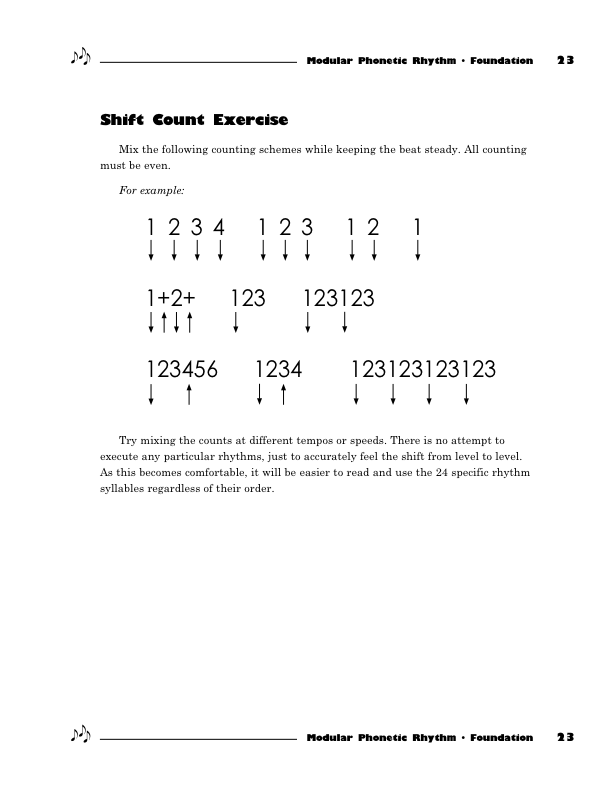
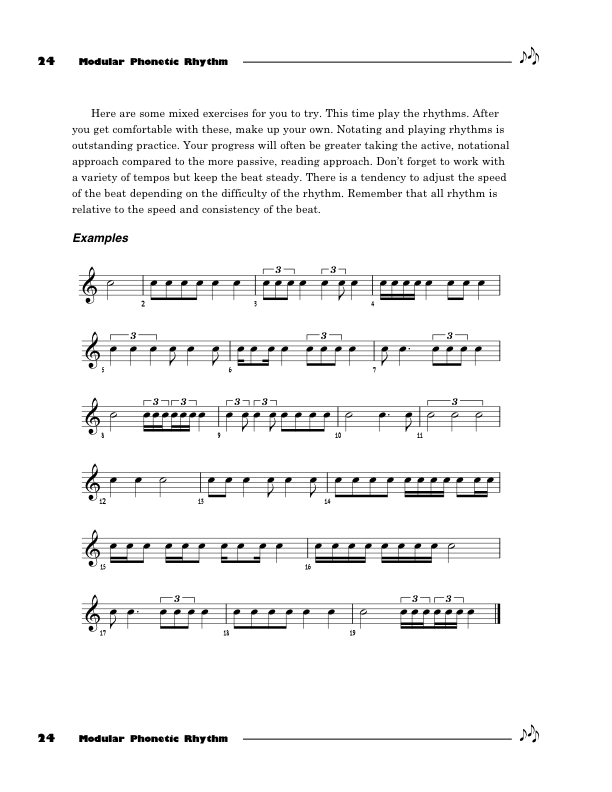
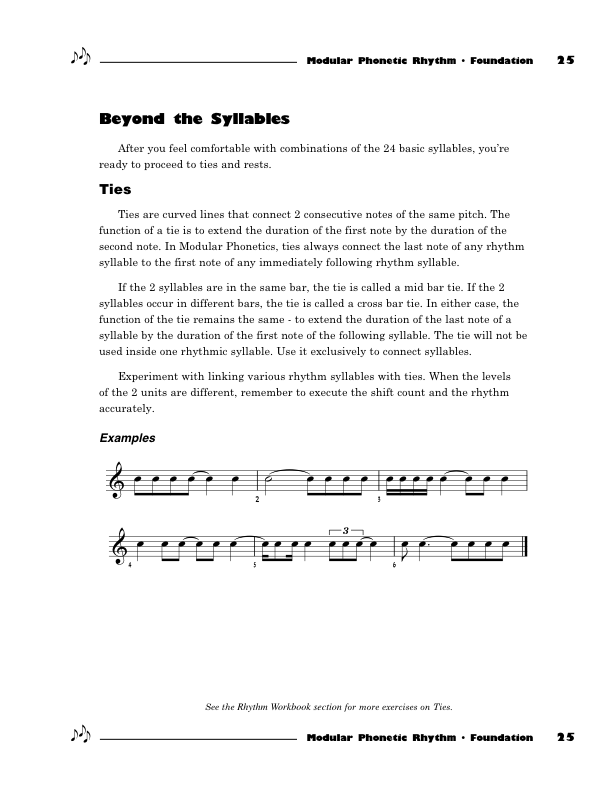
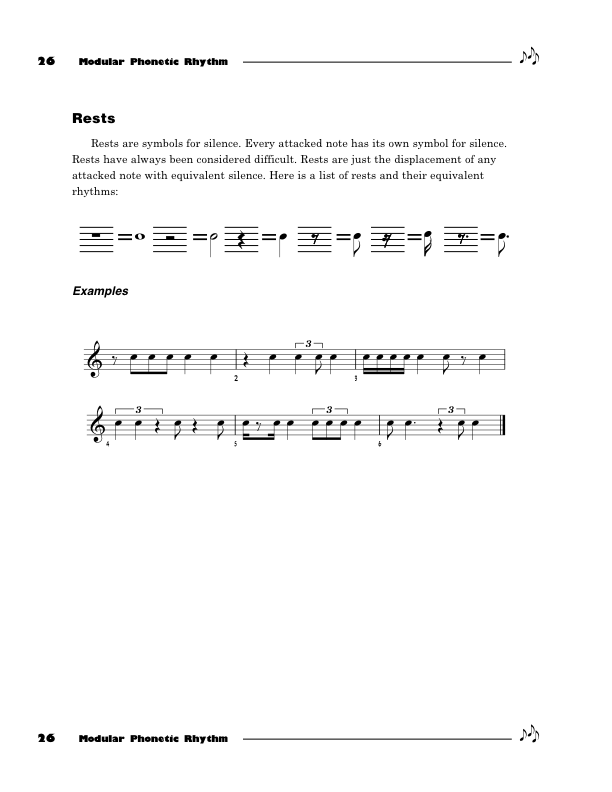
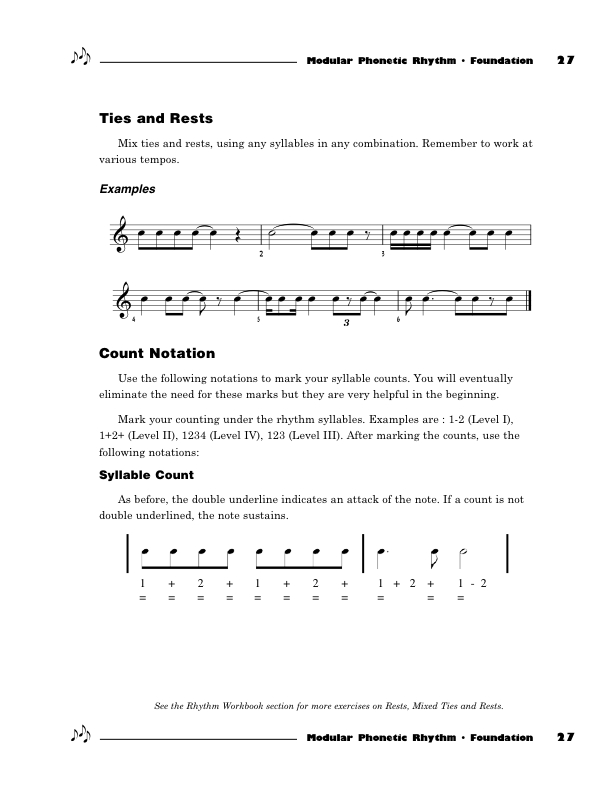
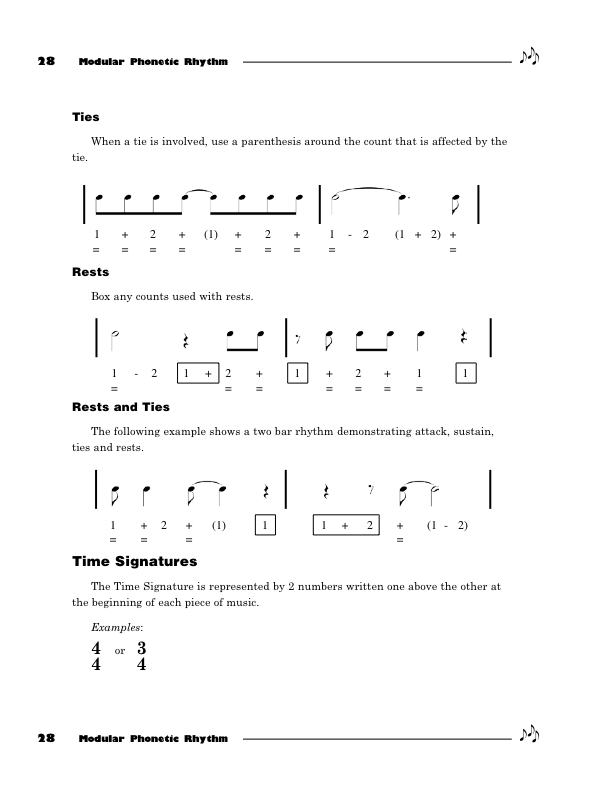
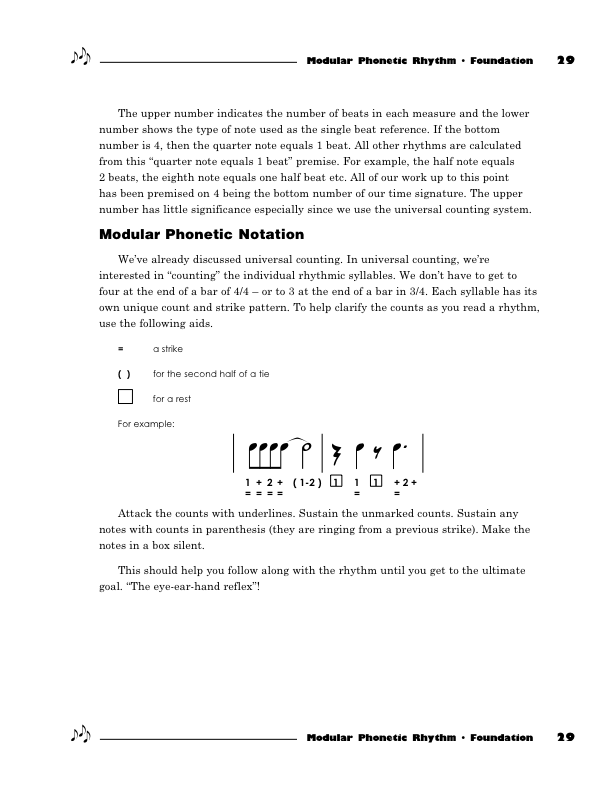

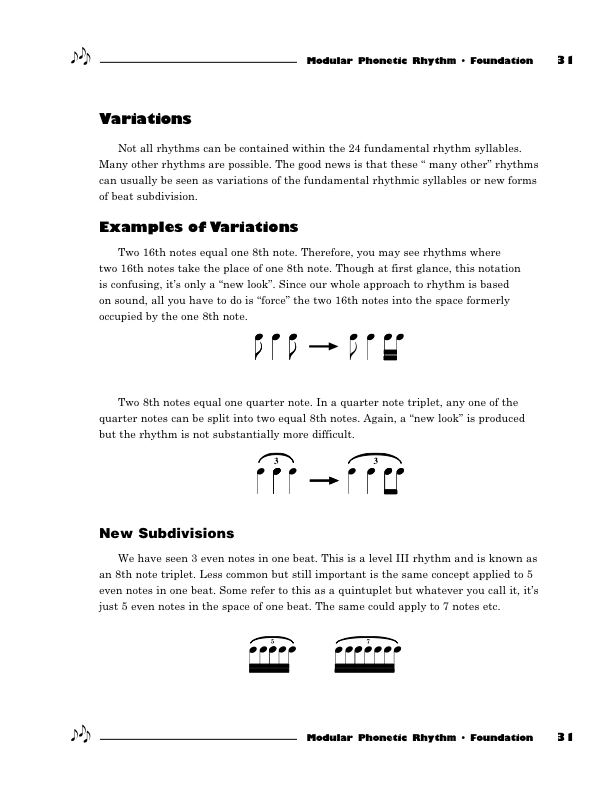
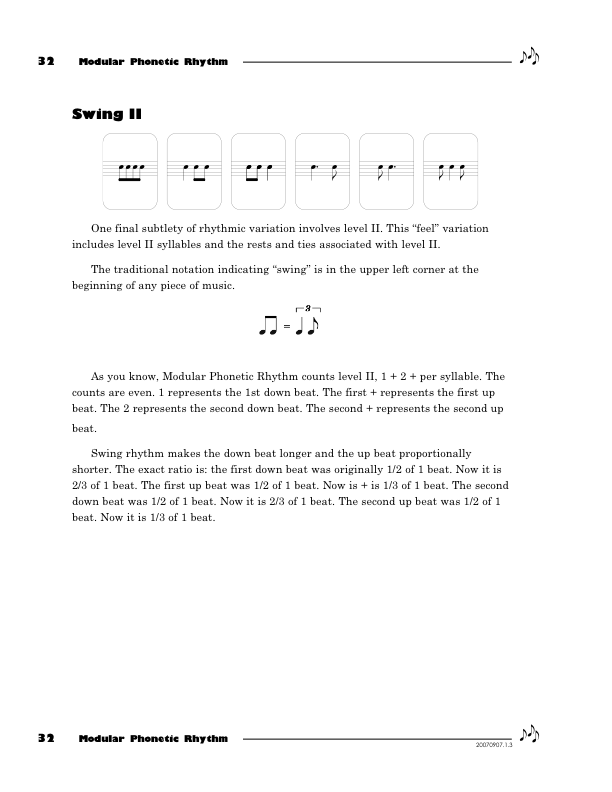

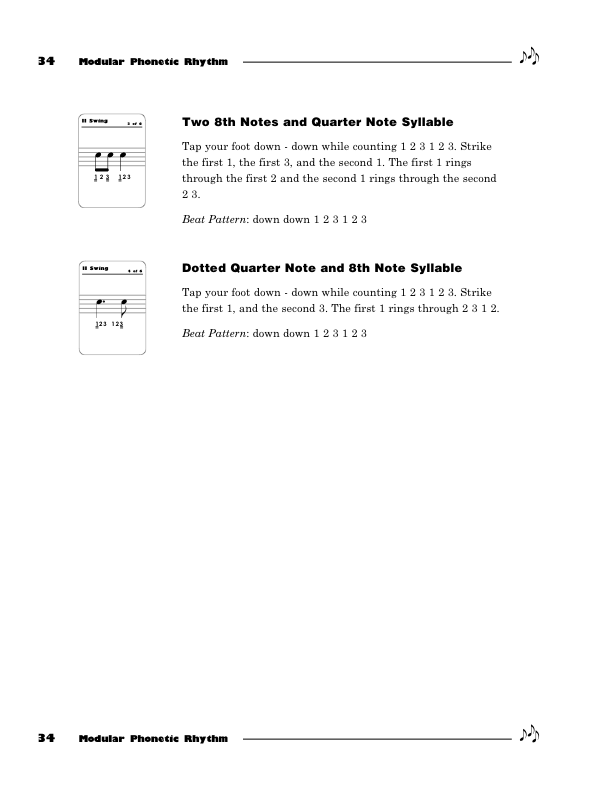
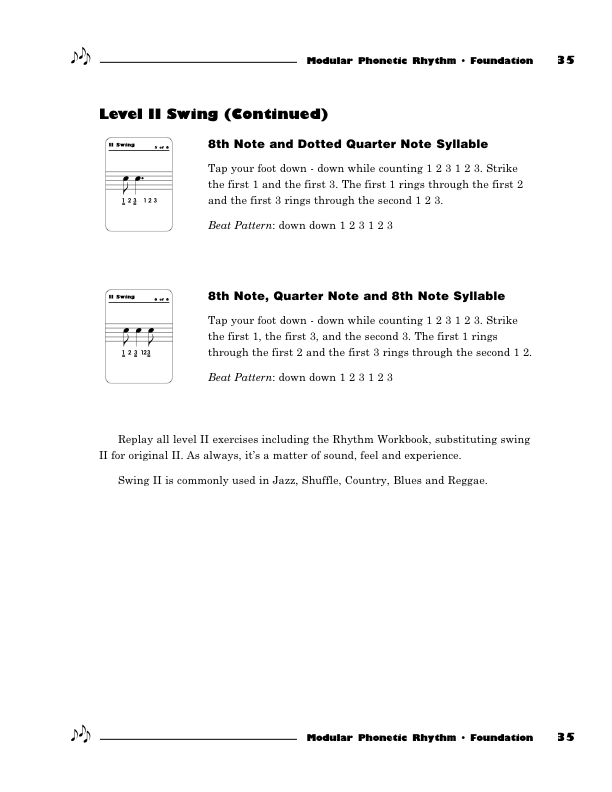
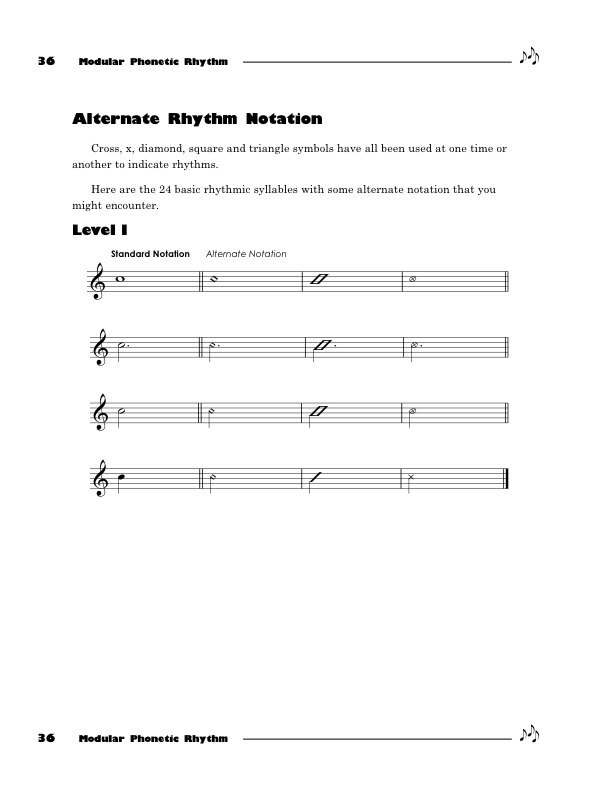
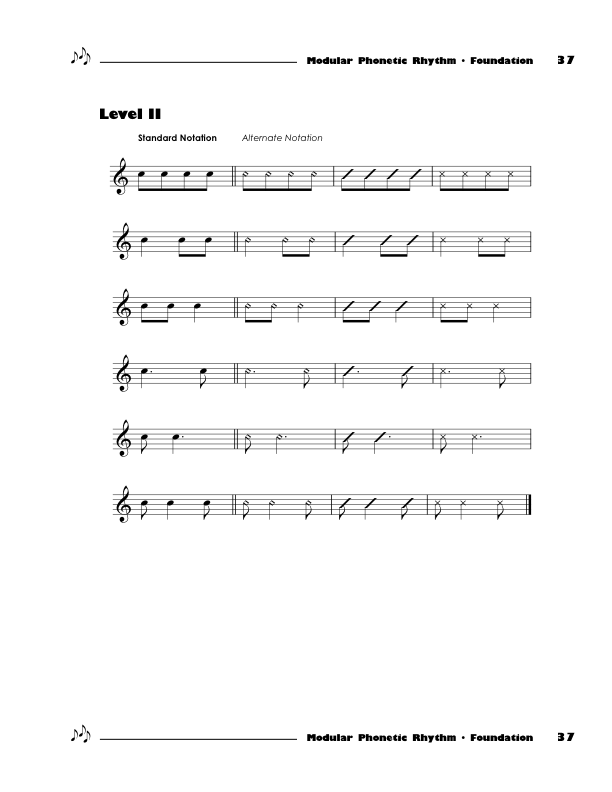
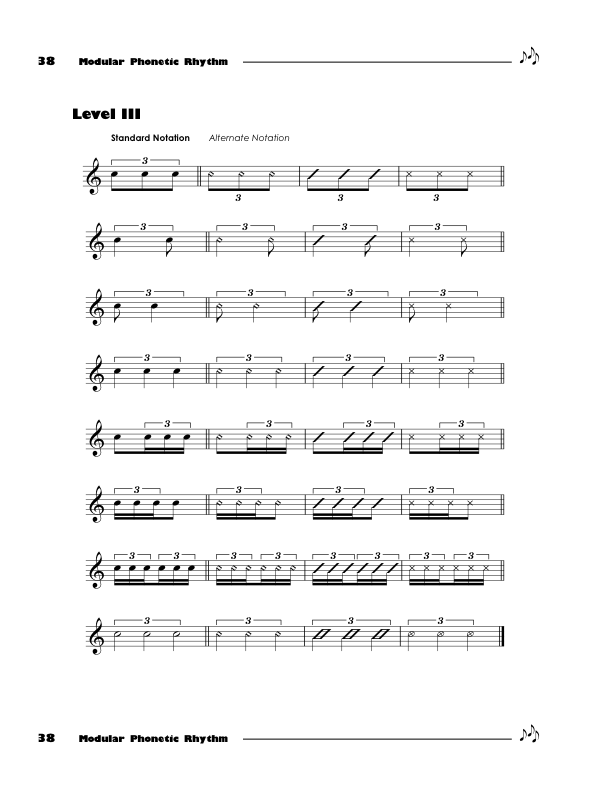

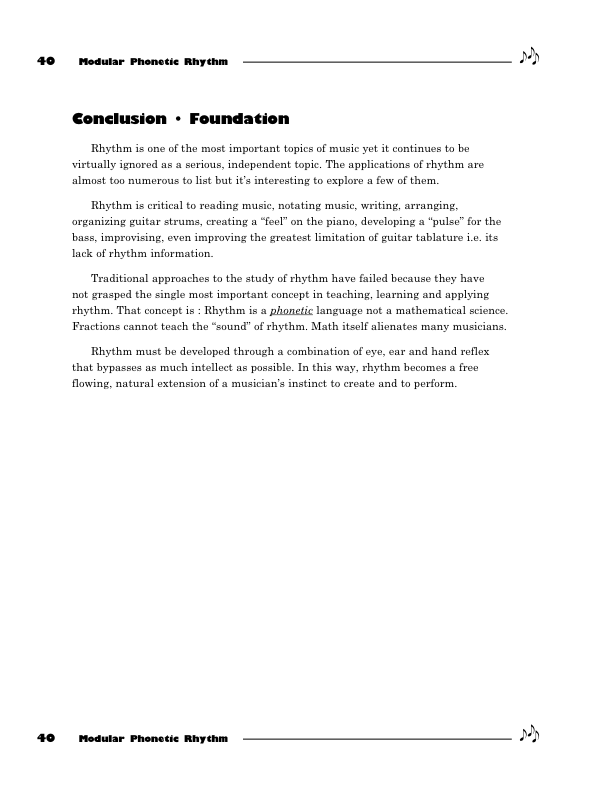
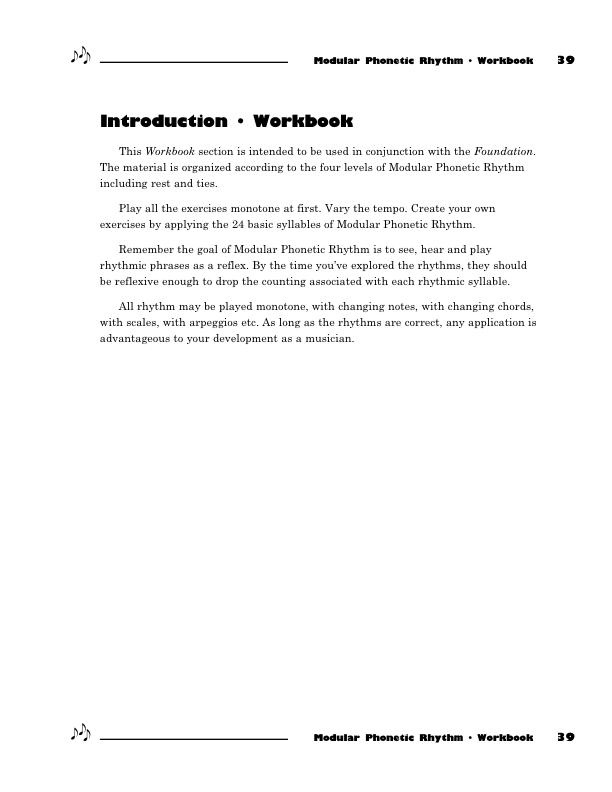
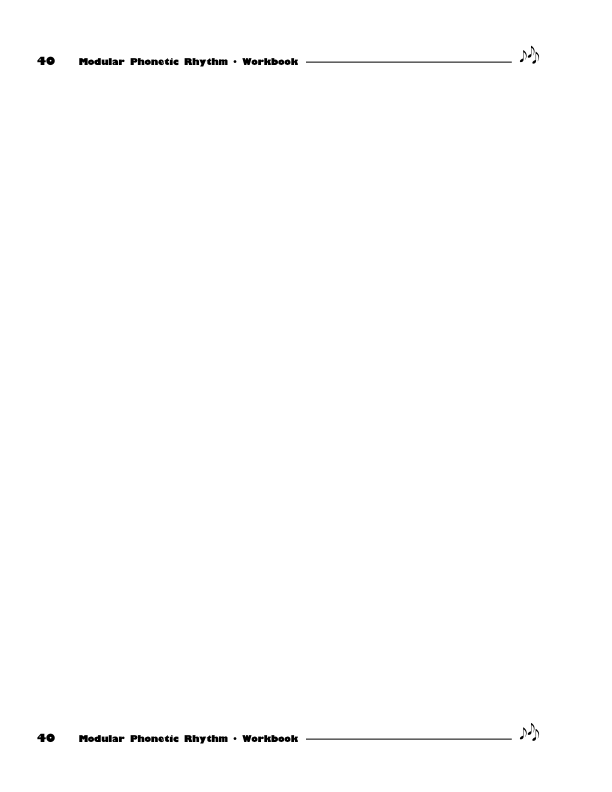
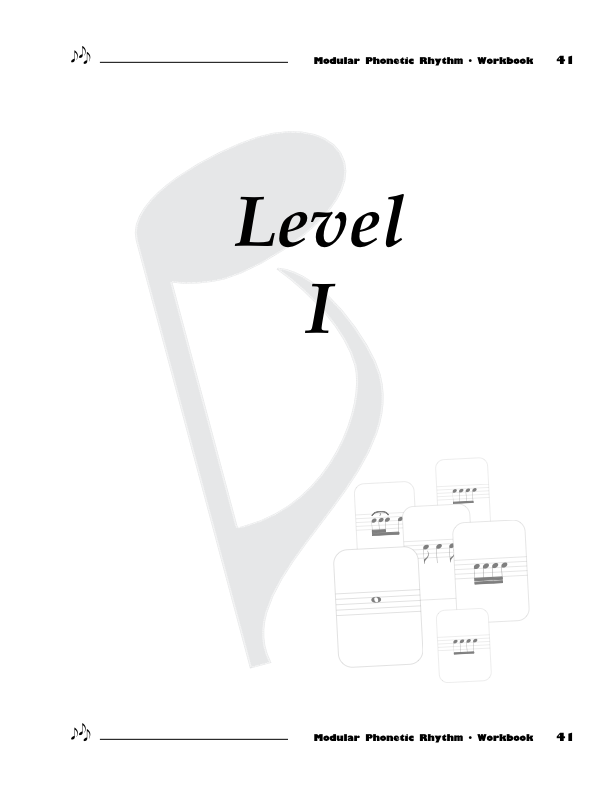
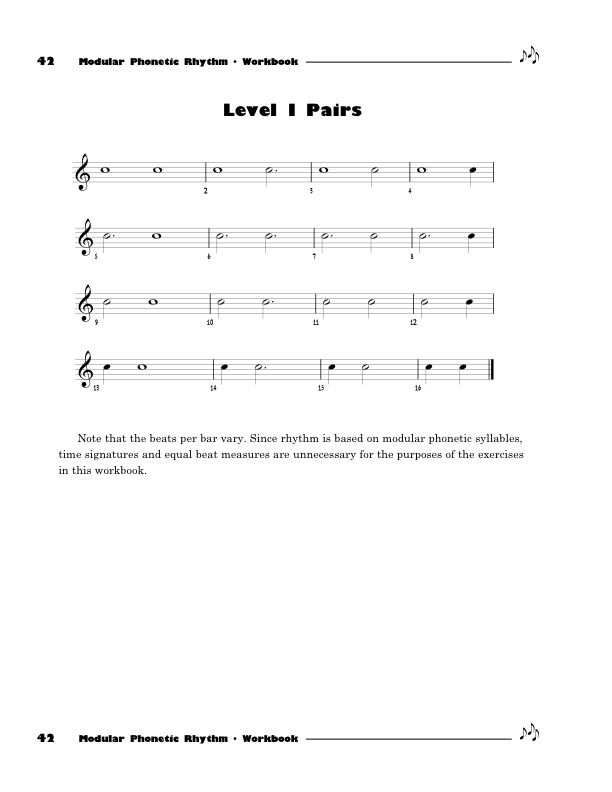
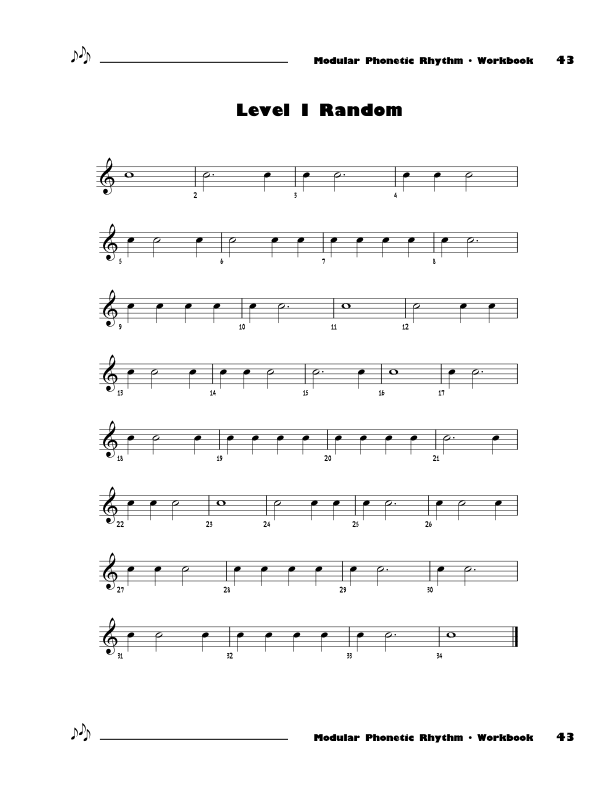
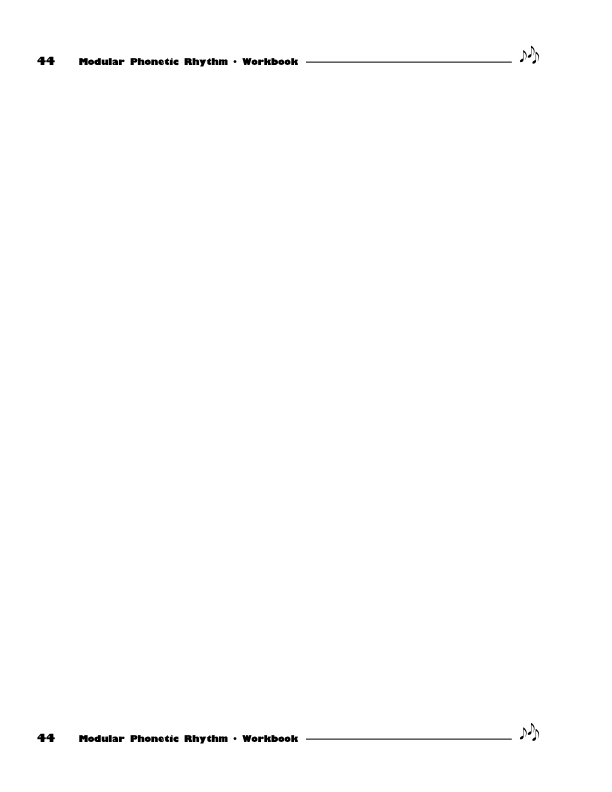

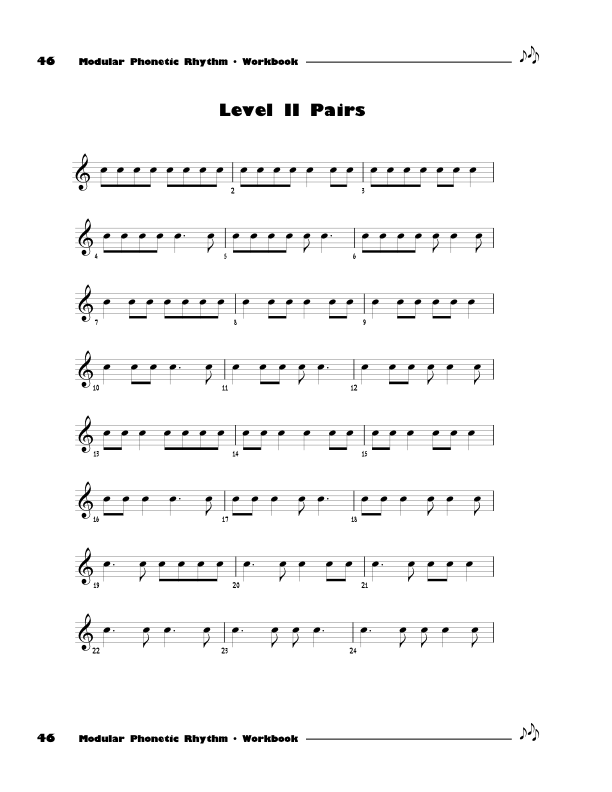
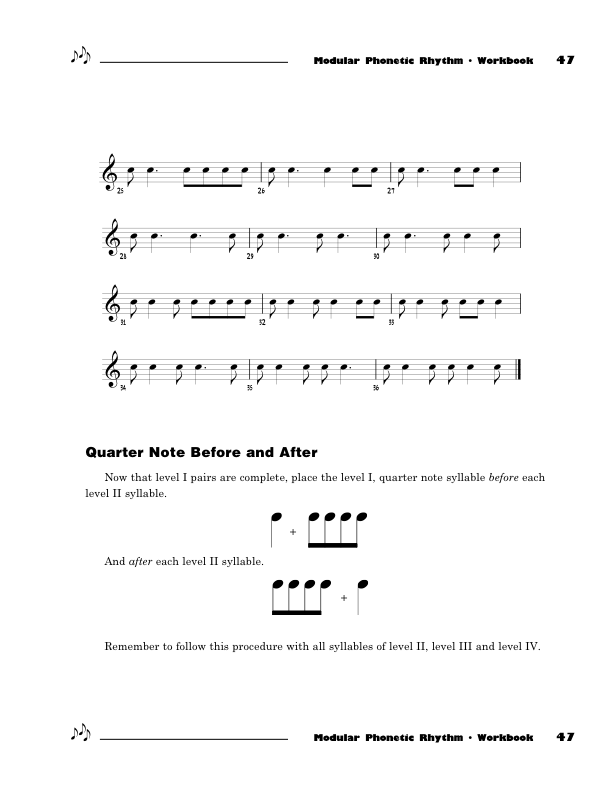
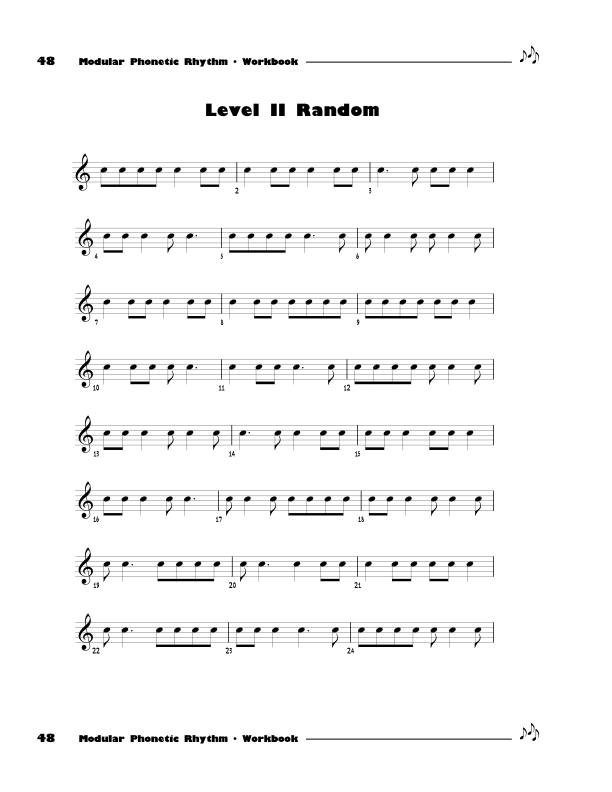
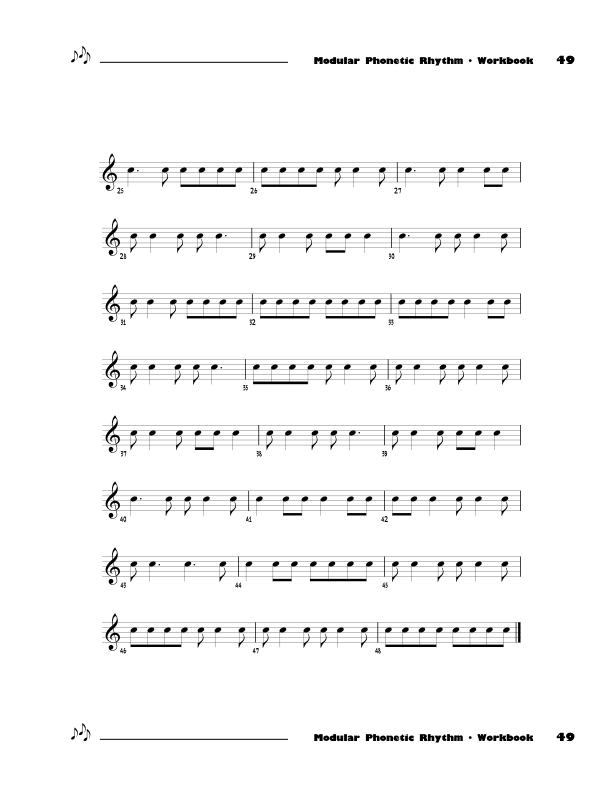
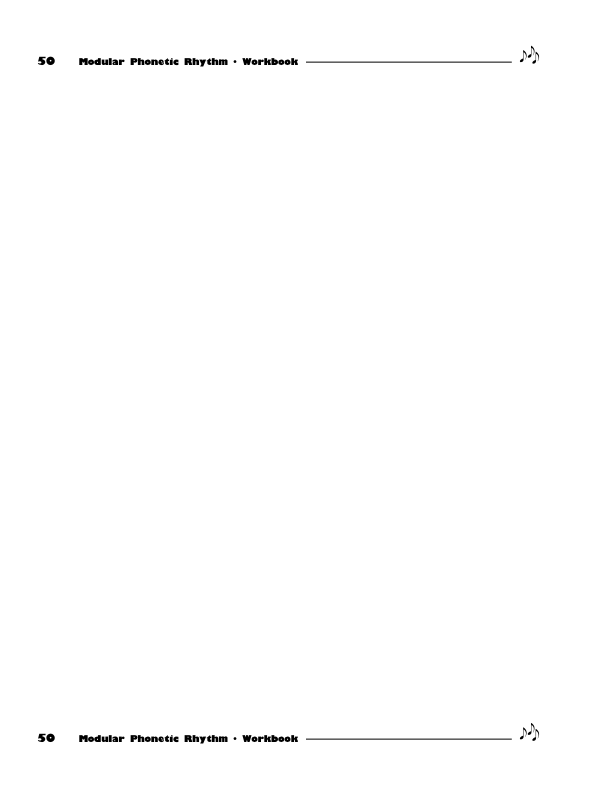
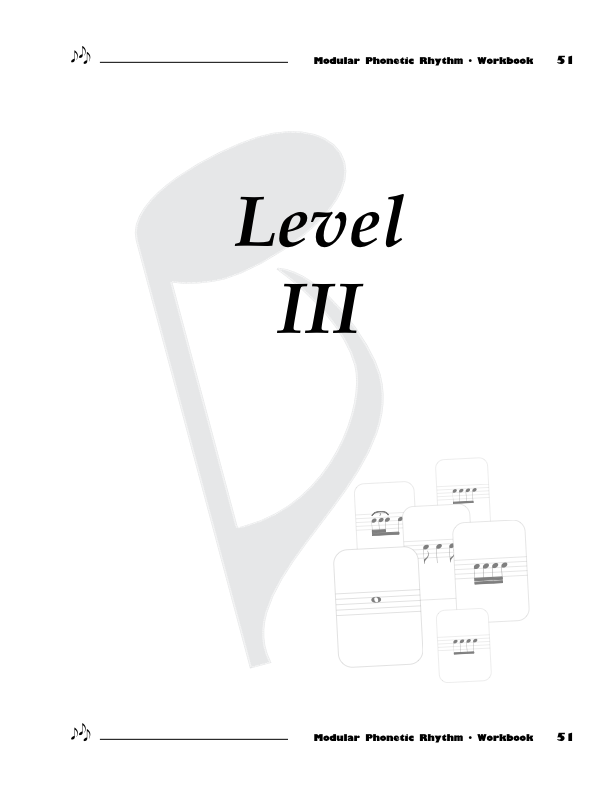
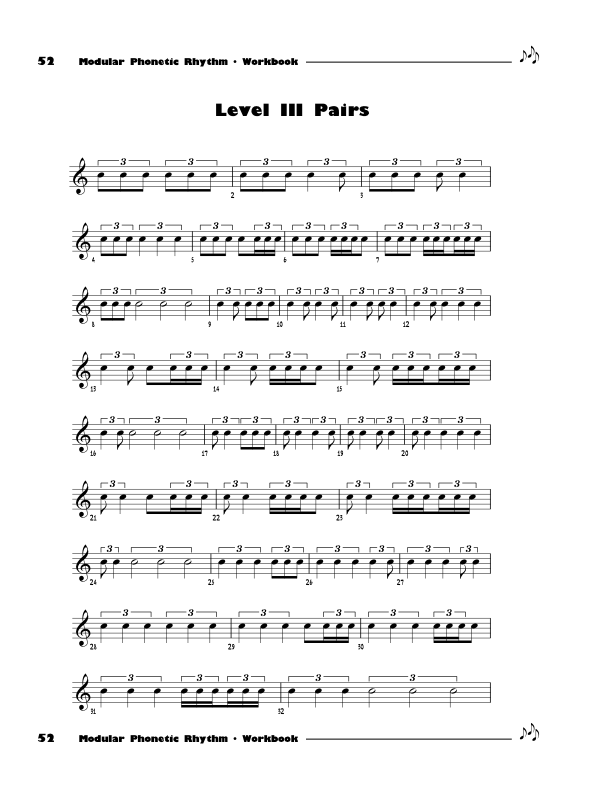
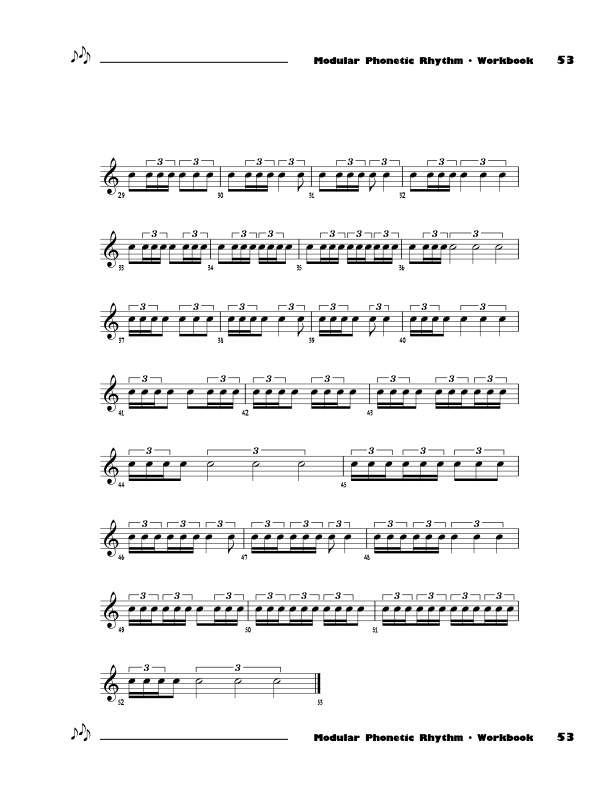
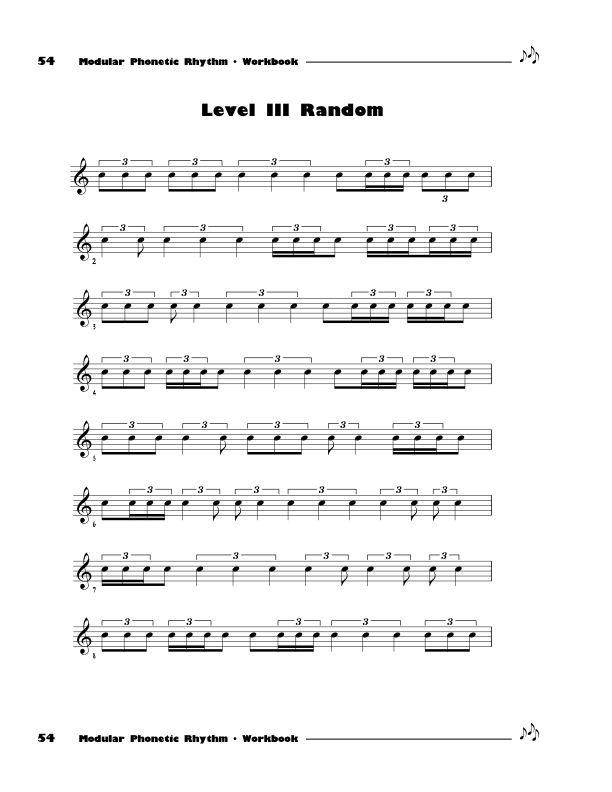
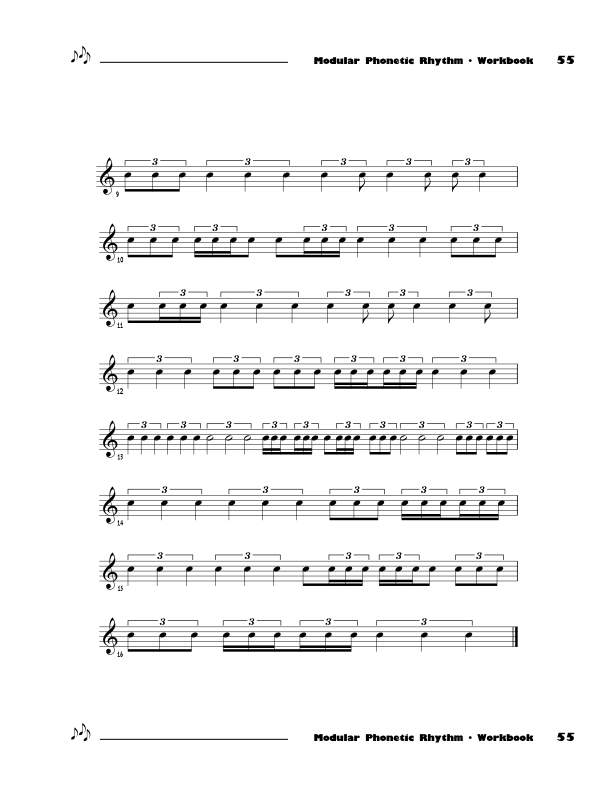
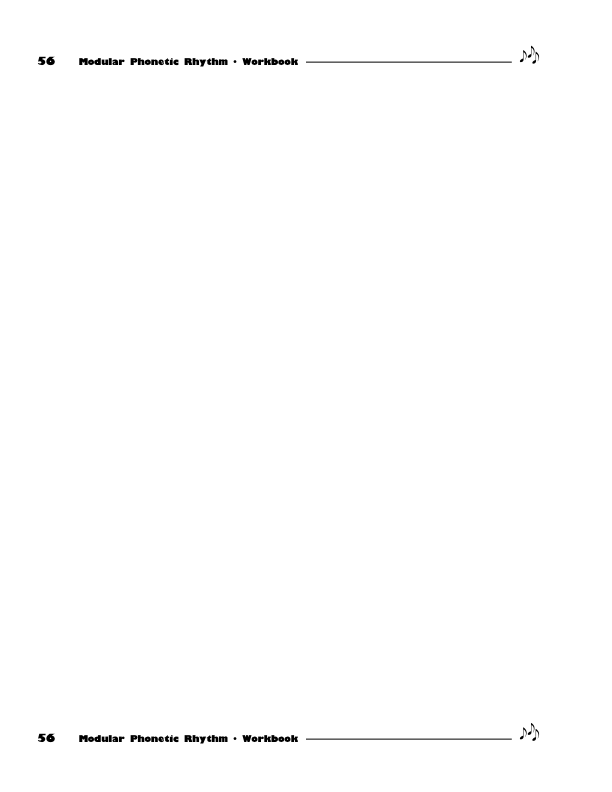
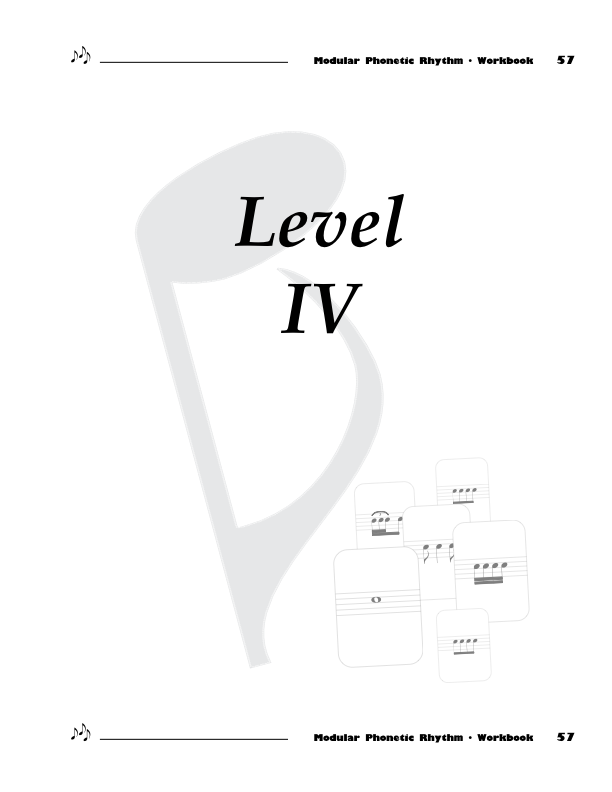
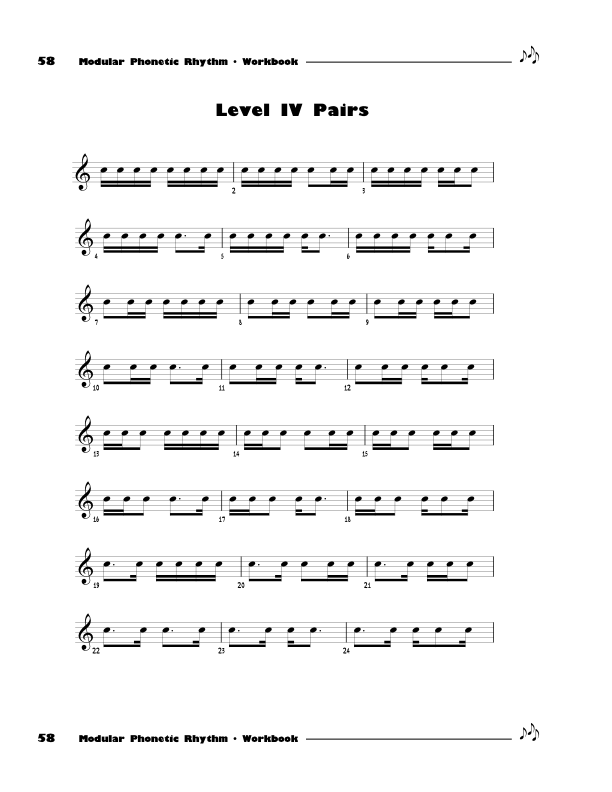
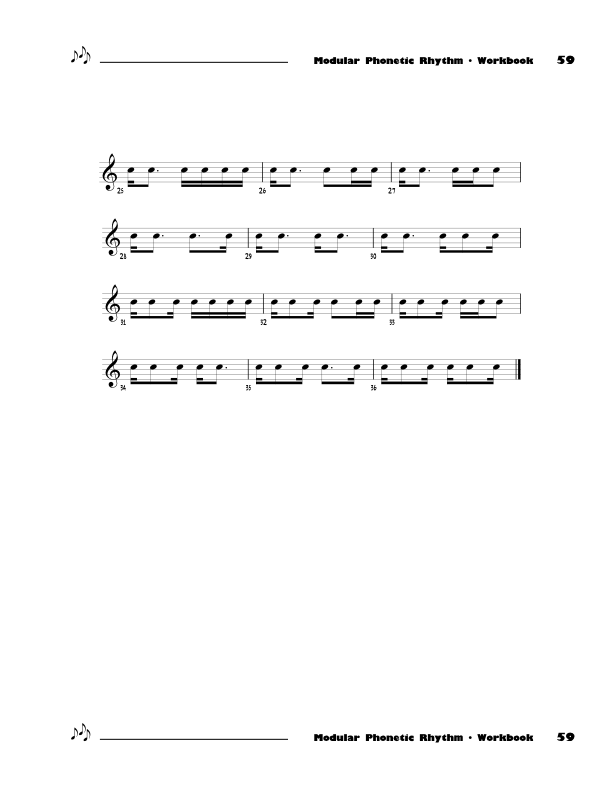
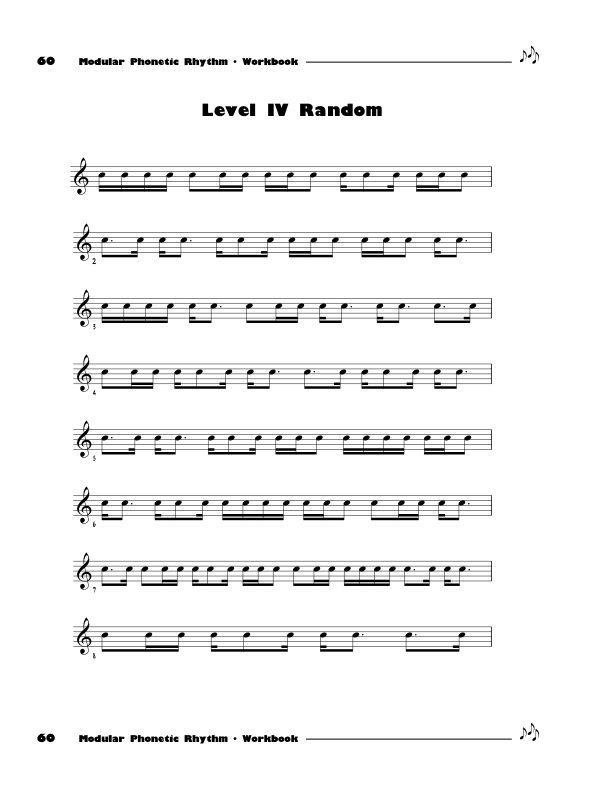
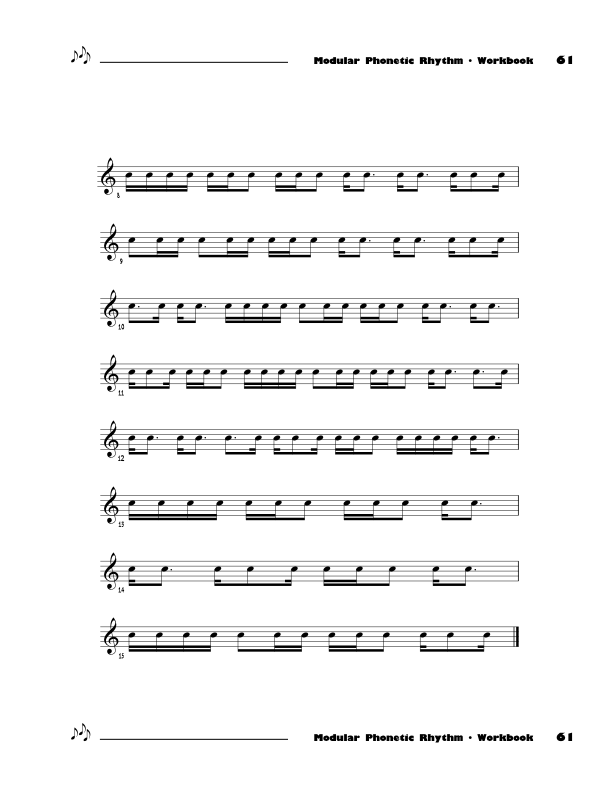
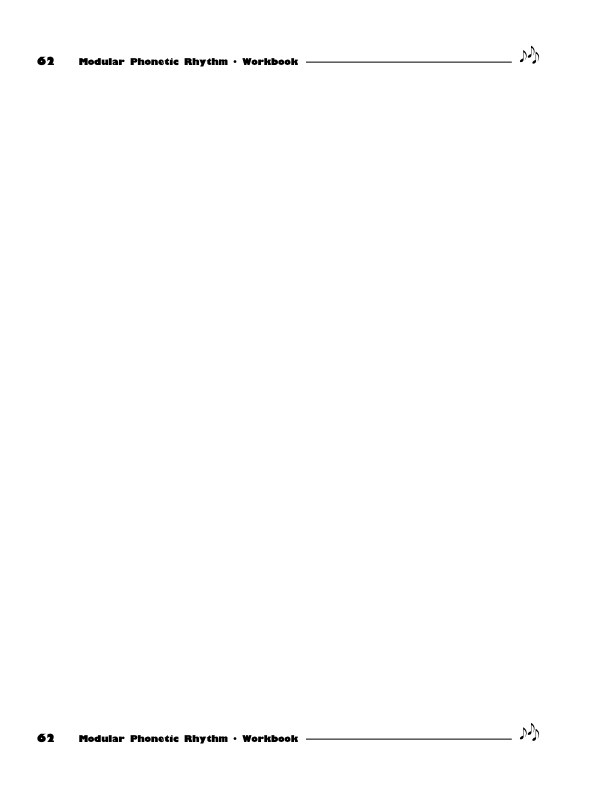
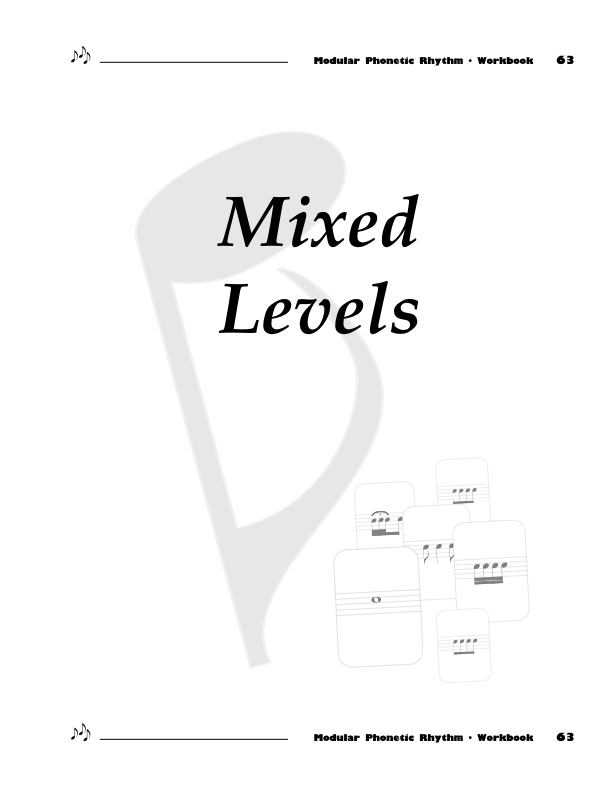

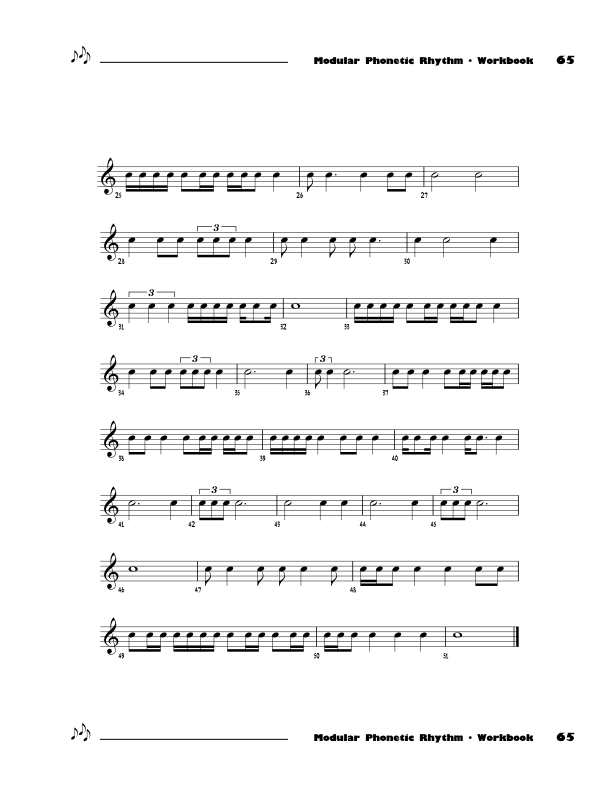

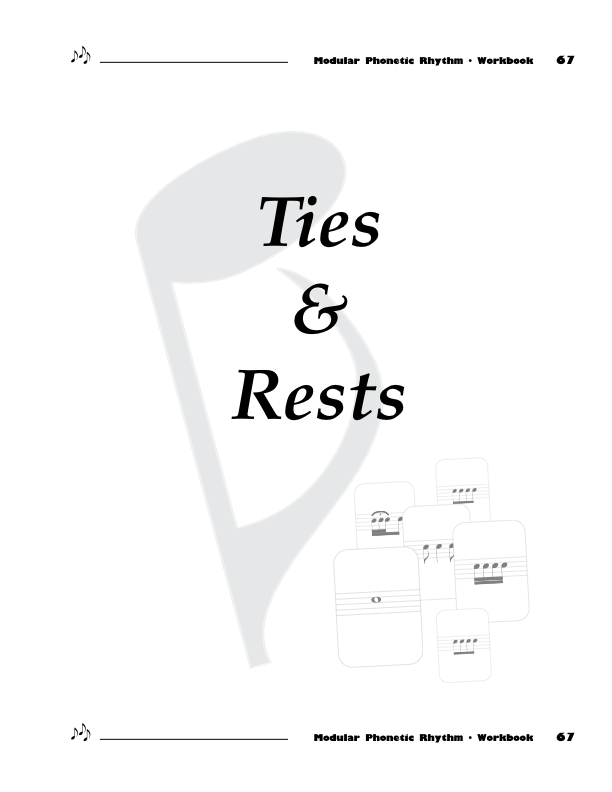
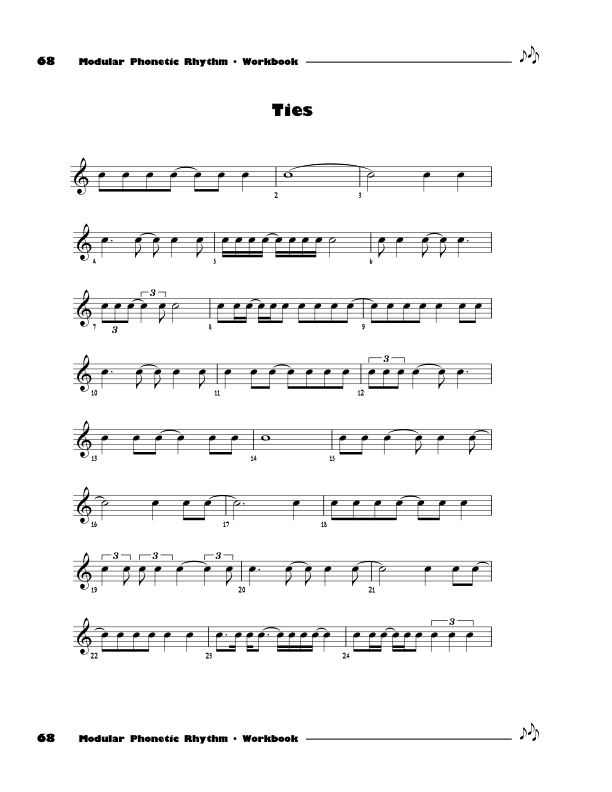
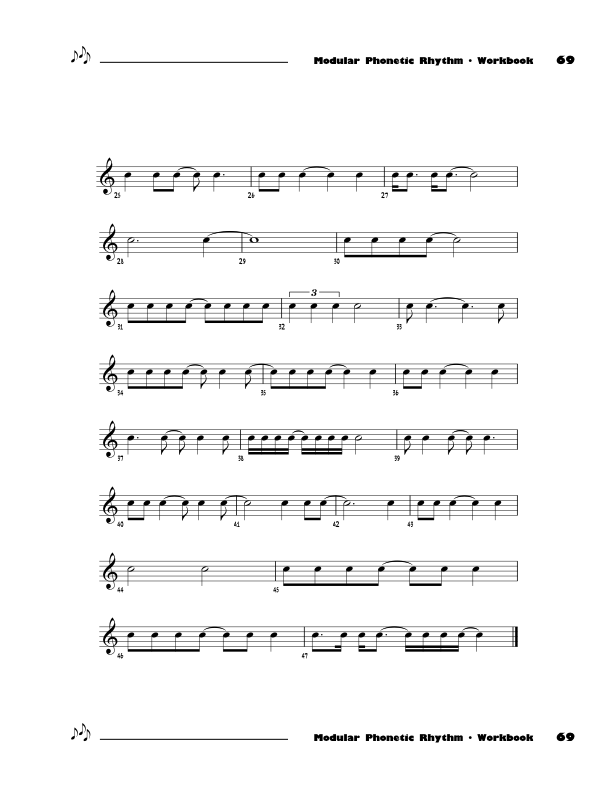
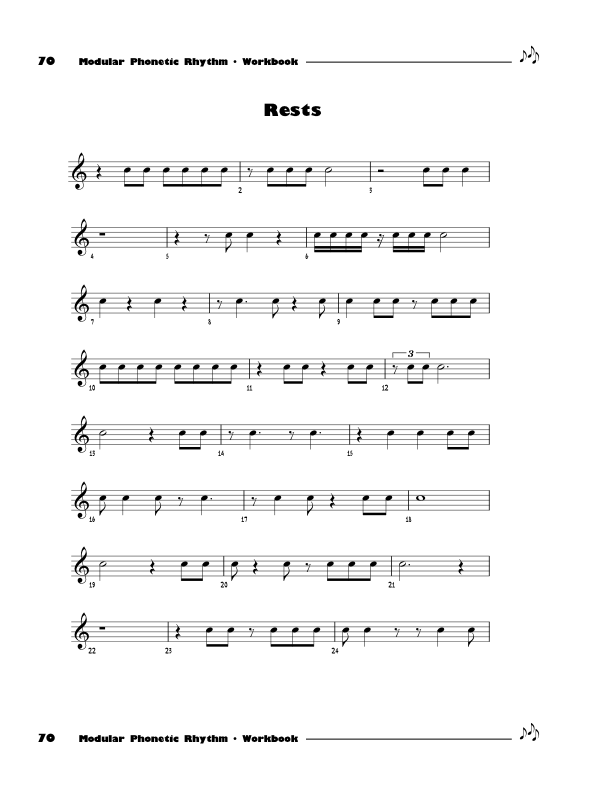


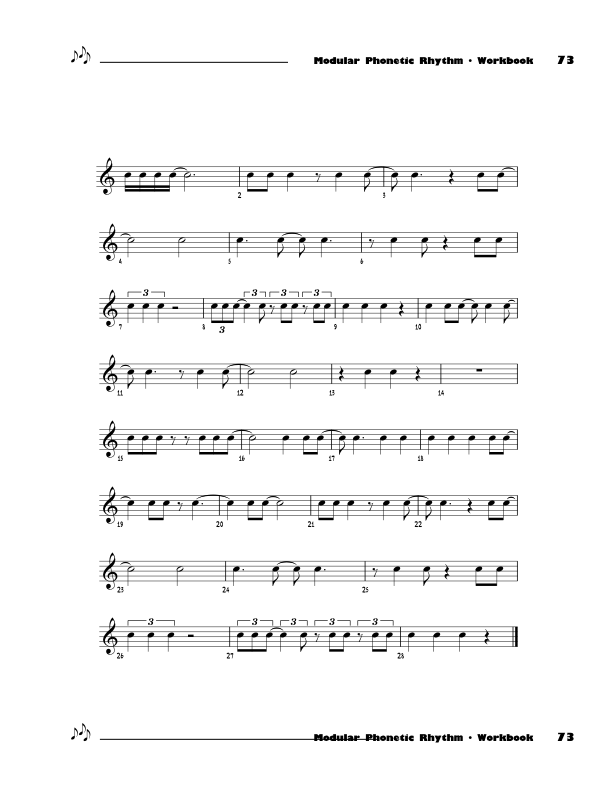
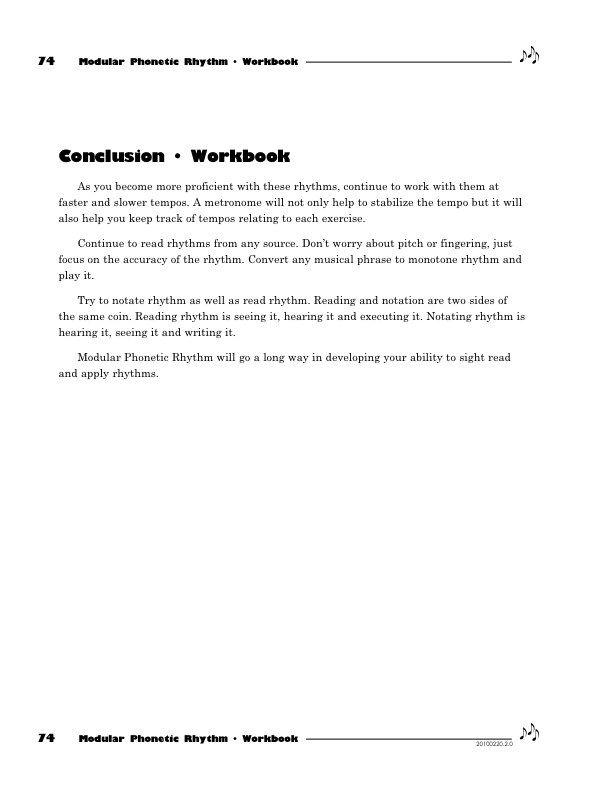
Author(s): Chuck Anderson
Publisher(s): Anderson Music Publications
Published: Sep 23, 2008
Updated: Dec 8, 2021
ISBN-13: NA
Size*: ANSI A
Pages: 74
Hard Copy Price: $29
PDF Price: $15

• click to Hide more info • click to Show more info
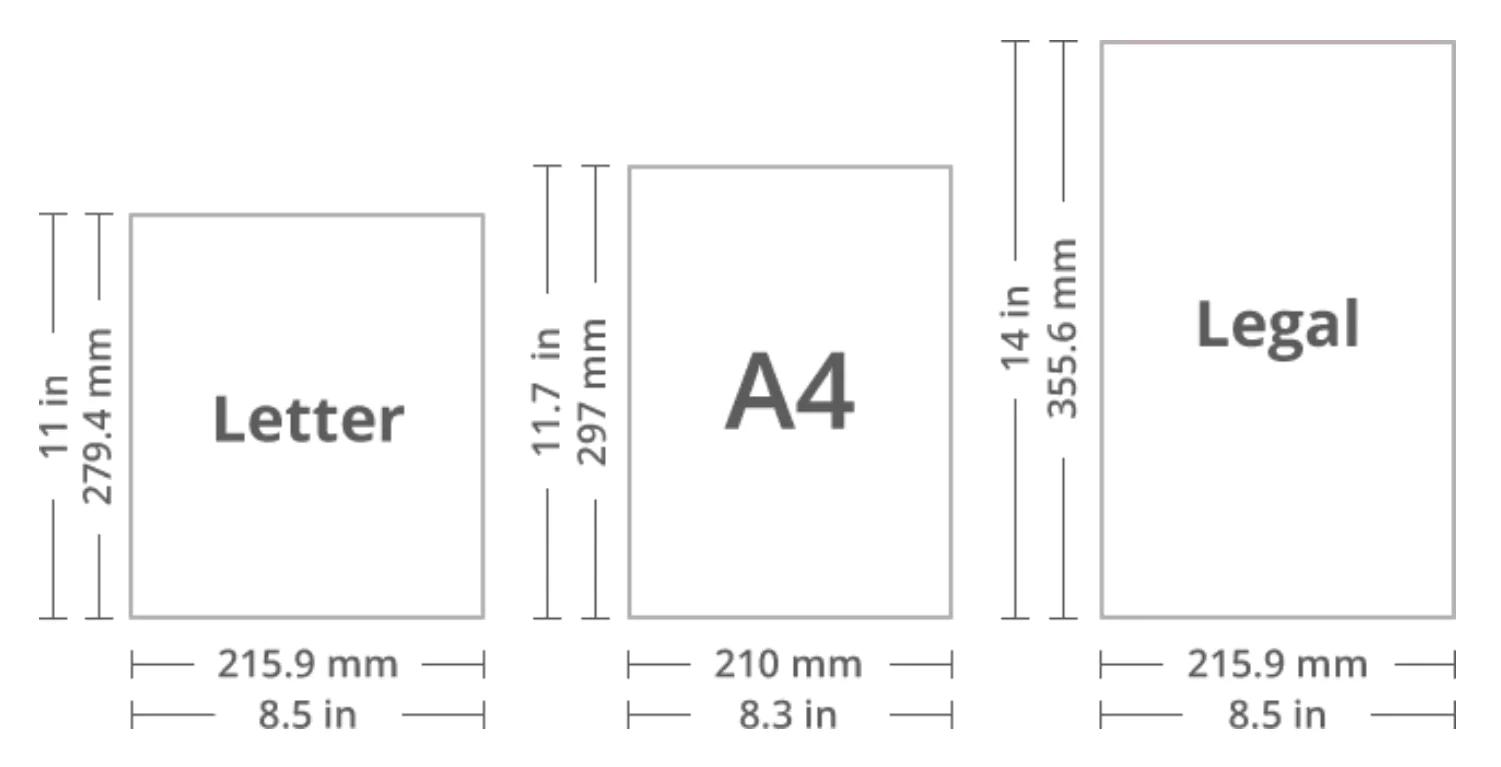
- A4 (210 x 297 mm / 8.3 x 11.7 in)
- ANSI A (US Letter): (8.5 x 11 in / 216 x 279 mm)
- Legal US Legal: (8.5 x 14 in / 216 x 356 mm) shown for reference
Scale to Fitand the A4 size will print out fine.
Modular Phonetic Rhythm represents a significant advance in the teaching and application of rhythm. Eliminating many inefficient aspects of rhythm education, Modular Phonetic Rhythm streamlines the traditional educational approach, resulting in a reflexive reaction to rhythm.
Evolution in Music Education
The difficulty in the study of rhythm has always been its abstract nature - and its mathematical implications. Contrary to popular opinion, being good at math does not guarantee or even indicate the potential for musical proficiency. My observations over the years have supported the theory that musical tendencies are often the outgrowth of communication skills, such as language. Music engineers often show high aptitude in math but not necessarily musicians.
Rhythm has traditionally been taught as a function of math, particularly fractions. Though accurate, this approach has missed one of the most fundamental facts of rhythm. Rhythm is a language and is, as such, phonetic not mathematical. The average student exposed to the math orientation of rhythm has rarely absorbed the essence of rhythm and rarely even becomes proficient at reading rhythm. This often becomes a lifetime barrier to the developing musician.
There is a strong correlation between the ability to spell and strong fundamentals in phonics. Phonetic skills allow us to “sound out” words, even words that we’ve never seen before! We understand the principle of sound as it applies to phonetic combinations. The "sight" of the letter combination triggers a reflexive "sound"; reaction. If rhythm could be broken down into phonetic units, then rhythm would become an easily recognized aural language.
Using the word umbrella as a model, we count 8 letters but only 3 syllables. If we attempt to pronounce this word as 8 sounds u-m-b-r-e-l-l-a, the sound is one of a speech impediment. But if we pronounce it as 3 syllables, we get um-brel-la. This is considerably easier to pronounce as 3 sounds rather than 8 sounds. Modular Phonetic Rhythm approaches rhythm with this syllable orientation.
As in most large systems, the fundamentals are surprisingly limited but the combinations and applications are seemingly endless. Consider how many numbers we have, yet they are all based on the numbers 0, 1, 2, 3, 4, 5, 6, 7, 8, 9 How many words are there in the English language and yet we only have 26 letters in our alphabet!
Modular Phonetic Rhythm is based on 26 basic rhythm syllables. These rhythm syllables vary from 1 note to 6 notes and from 1 beat to 4 beats. It is divided into 4 levels based on the subdivision of the beat. Ties and rests are approached as extensions or displacements respectively.
Modular Phonetic Rhythm, The Foundation and Workbook 1.

In the realm of music, there are certain aspects that students and players often tend to avoid. These include skills such as learning to read music and familiarizing themselves with the notes on their instrument. While these tasks may seem challenging, particularly on the fretted string instruments, they are comparatively easier on the ukulele. With the appropriate guidance and a well-defined plan, mastering these skills can be a smooth and achievable process.

Reading can be thought of on many different levels. 1) the ability to slowly and painfully work out the written music. 2) the ability to hear the music by looking at the notation. 3) the ability to notate your ideas in standard music notation. 4) the ability to read music as you read a book or an article. 5) the ability to communicate with other musicians in the written language of music. 6) the ability to learn songs that you have never heard.


return in your investment)—it is this— learning the
f*ckingnotes of your OWN instrument. Sorry for the tough talks—but it is sooooo true!


Learn to read single note melodies in the first/open position is a lot easier than you might think. Book: Ukulele – Reading Music Series – Primer

An organized collection of daily practice and reference material for the contemporary ukulele player for developing the vocabulary and knowledge necessary for single note playing. Book: Daily Practice Material for the Contemporary Ukulele
Checkout the Books & Reference Charts for additional Handy, Dandy Reference Charts.

Ukulele Fingerboard Chart for C Tuning, Low or High G – G C E A

Ukulele Fingerboard Chart for G Tuning, Low or High A – D G B E

A handy reference chart of all 15 major and relative minor key signatures. US Letter 8.5 x 11 sized (ANSI-A) , A4
Modular Phonetic Rhythm, The Foundation and Workbook 1.
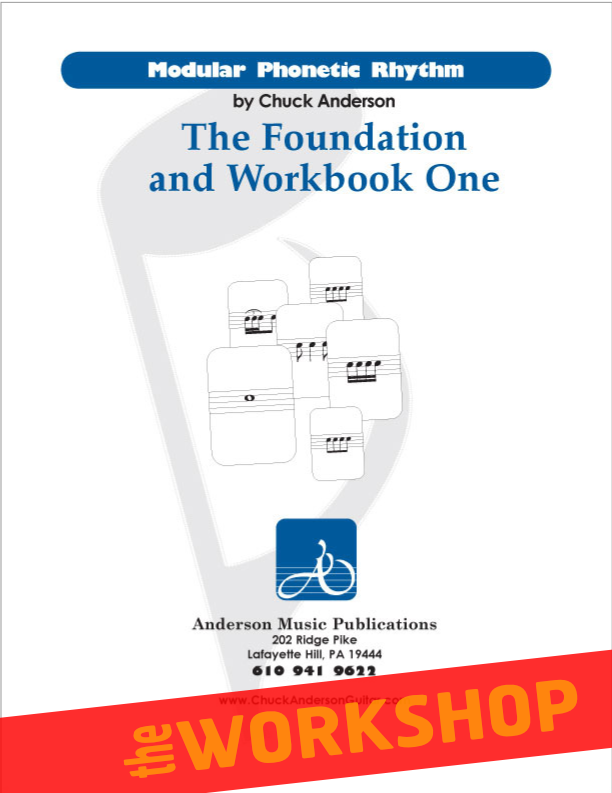
The often neglected and taken for granted subject of "Rhythm". Music is Melody, Harmony, and "Rhythm." We are drawn, initially to music by melody at a very early age, with the instrument of our voice. With ukulele you typically learn chords - the harmony and never really dive into learning rhythm. Unless you're a drummer we take rhythm for granted.



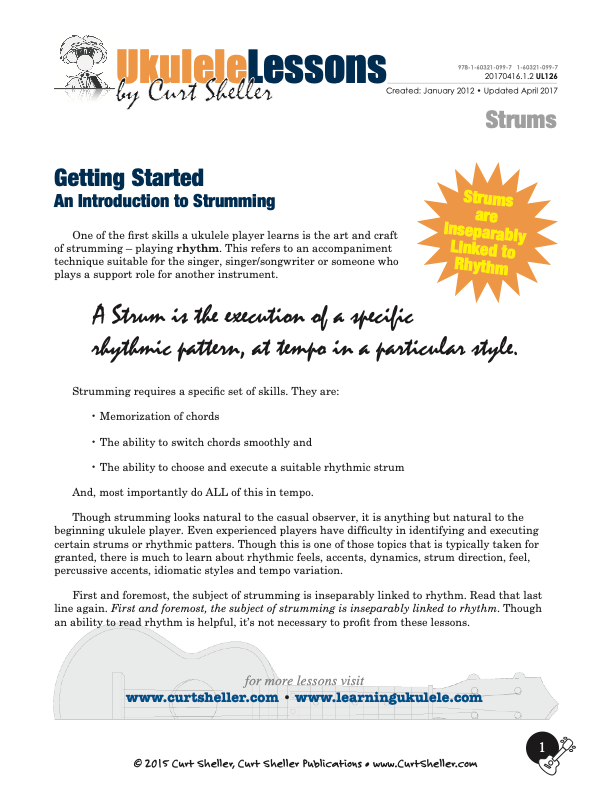


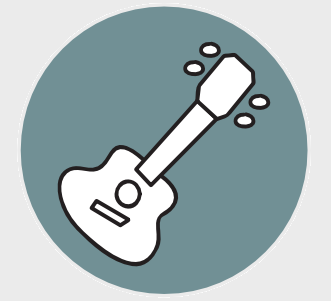

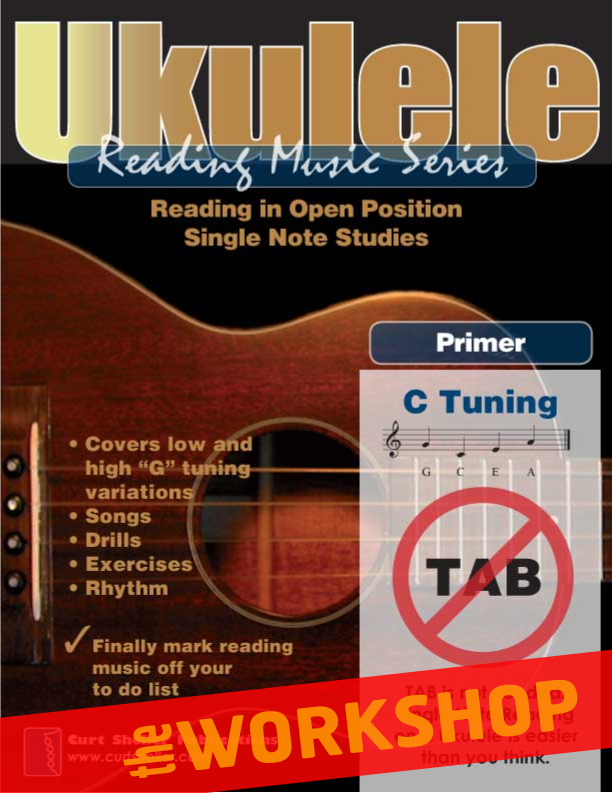
.jpg)